Bruno Weber ParkBruno Weber (1931-2011)
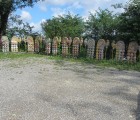
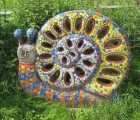
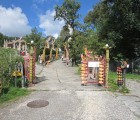
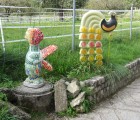
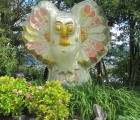
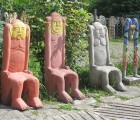
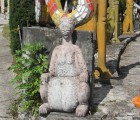
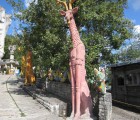
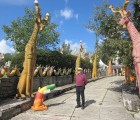
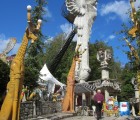
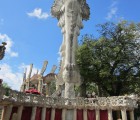
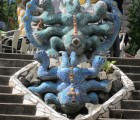
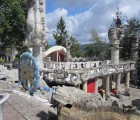
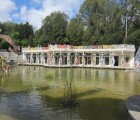
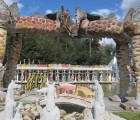
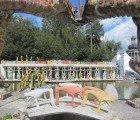
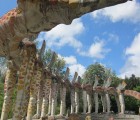
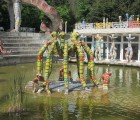
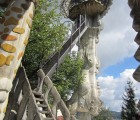
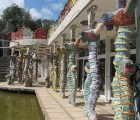
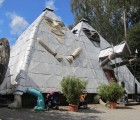
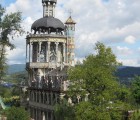
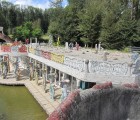
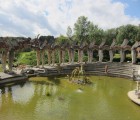

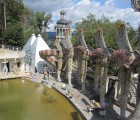
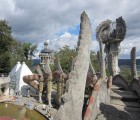


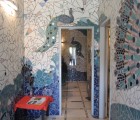
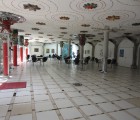
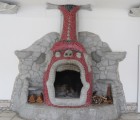
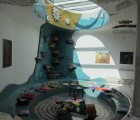
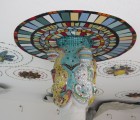
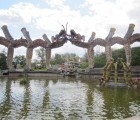
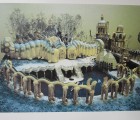
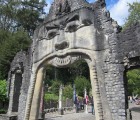

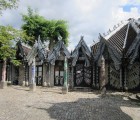
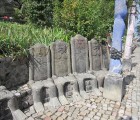
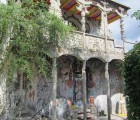
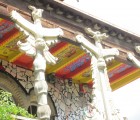
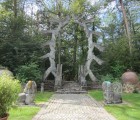
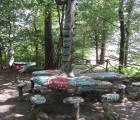

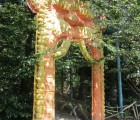
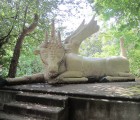
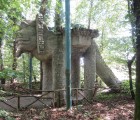
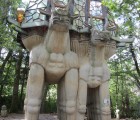
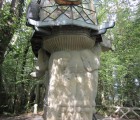
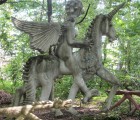
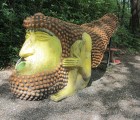
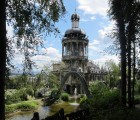
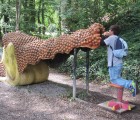
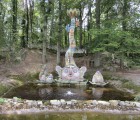
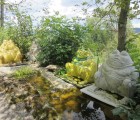
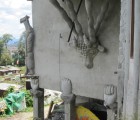
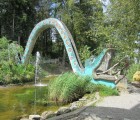
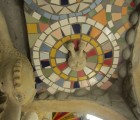
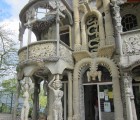
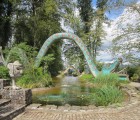
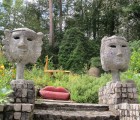
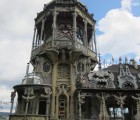
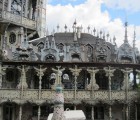
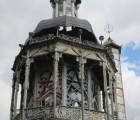
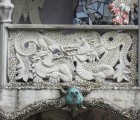
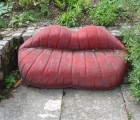
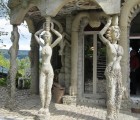
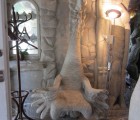
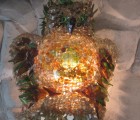
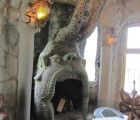
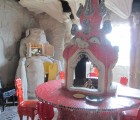
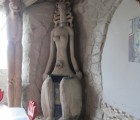
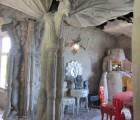
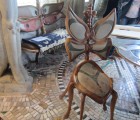
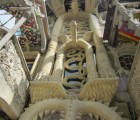
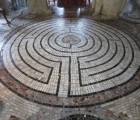
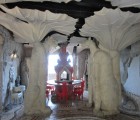
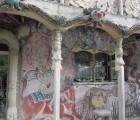
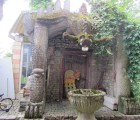
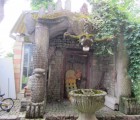
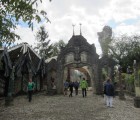

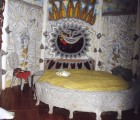
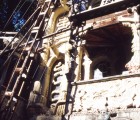
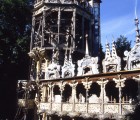
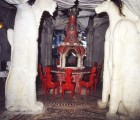
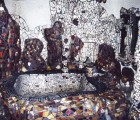
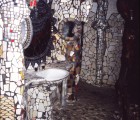
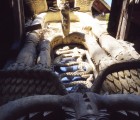
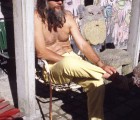
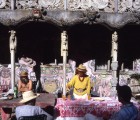
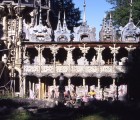
About the Artist/Site
Born in Dietikon, a town near the Zürich metropolitan area in Switzerland, even as a child Weber wanted to become a visual artist. So after completing his primary education, in 1947 he entered the Kunstgewerbeschule (Arts and Crafts School) in Zürich, where he became a pupil of painter and sculptor Ernst Gubler and the famous colour theoretician Johannes Itten. In 1949 he continued his art education by training as a lithographer, and in 1950 he made study trips to Italy, Greece, and the former Czechoslovakia.
Weber began his artistic career as a landscape painter, later evolving into the fantastic realism in style and subject for which he has become renowned. He both lived and worked in his father's summer house in Zur Weinrebe (The Vineyard) just outside Dietikon, and after some time obtained a building permit to extend this studio. From 1962 on, inspired by the sculptor Kissling, he used his own designs and his own hands to create an almost animated building with a tower, galleries supported by concrete caryatids and winged figures, and huge mask-like metal heads on the roof. He began to enjoy working in three-dimensions, and most of the outside of the house became either sculpted or brightly painted. Inside, the irregular surfaces were covered in bucolic paintings and often colorful mosaics; even the hearths and table grill were modified to the shape of monster heads with wide open jaws. The ceiling of the dining room is supported by the wings of giant animals. Some cupboards have human shapes, and chairs may have butterfly wings, animal or floral legs, or faces as backrests.
This extraordinary building was the start of a lifelong labor to convert the inherited Weinrebe site into a fantasy environment, an alternate world compared to the industrial urban environment of daily life. It became an organic marriage of art, fantasy, and nature, covering an area of some 20,000 square meters (almost 5 acres). Over the years the site, now called Bruno Weber Park, has become an internationally renowned place of interest, visited yearly (mainly on summer weekends) by some 20,000 people, young and old, and all excited and delighted to explore this special world. It is a happy place, where people smile almost continually.
By 1969 Weber had completed the first structure. Located at the end of a courtyard near his house, it was a double-faced gate with a day and a night side, and with passage through the mouth. The courtyard became lined with a pavilion with folded roofs and decorated eaves, and a long row of “wise men:” concrete chairs in the shape of nude men, all manifesting different faces between high shoulders. They are molded, and thus numerous examples of these sculptures occur throughout the park. Lamps are carried on the heads of many kinds of upright and brightly-colored animals, and a row of winged deer stretches from the park entrance to a theatre court, accompanied by long, curving snakes covered in mosaics.
Maria Anna Godon, a photographer whom Weber married in 1966, took an active part in the development of the park, and several volunteers also contributed time and effort. Over the years, inspired by classical mythology and fairy tales, but also using his own rich fantasy, Weber enriched the meadows as well as the woods with gates, seats, fountains, and sculptures of human and fantasy animal figures. There are long snakes with steps enabling visitors to cross a pool, giant frogs along the pond, and winged many-legged dogs or dragons on a gigantic scale, which offer a shadowy colonnade as they support a bridge on their backs. In the woods a giant cat carries a platform for entertaining, and a many-legged bull and cow are topped by a glass Tiffany cupola that now contains Weber's ashes. Two pyramids with human characteristics, one light and one dark, were erected as garden pavilions. Terraces were raised on columns, very similar to Gaudí's structures, but built before Weber had learned about the Catalan architect’s work. And, everywhere, colorful paint and mosaics were used to protect the concrete and to please the eye.
Weber became renowned for his work and received many commissions for sculpture to enhance playgrounds or adorn buildings. The largest was a giant owl-man on the corner of the University library in Vienna, completed in 1984; a copy of this owl-man was erected in the Weinrebe Park as a belvedere tower. In 1992 Weber was invited to design the Swiss pavilion at the World Exposition in Seville; it included a paper tower surrounded by many of his fantasy animals.
Weber was not very meticulous about building permits and he regularly got into trouble with the authorities. However, as the park increasingly became popular with the public, the disagreements were resolved, and in 1988 Weber even received substantial financial support from the provincial and federal governments for the realization of his Wassergarten (Water Garden). This major creation, a pond surrounded by winged multi-legged dragons, theatre steps, many animal-fountains, as well as a large room for exhibitions of paintings and functions of all sorts, was constructed between 2009 and 2012, following years of preparation. Maria Anna and her twin daughters Mireille and Rebecca decorated seahorse supports, ceilings, and wall figures with beautiful mosaics according to Bruno's plans, but the pièce de résistance, a “house of transition” in the shape of three enormous caterpillars on the roof of the large room, is still waiting for funds for completion. Weber died in 2011 at the age of eighty, so he did not live to see the completion of his Water Garden.
As early as 1991 Weber had created the Bruno Weber Foundation as a means to complete his designs, to document his work, and to maintain the park and its contents after his death. Nevertheless, it did not function as smoothly as he had hoped, particularly because insufficient planning resulted in financial problems caused by retreating beneficiaries. This vicious circle was broken by the decision in the summer of 2014 to close the park in October of that year, without the prospect of reopening the following season, very much to the dismay of Maria Anna Weber and her family. An international petition was organized to ask the public authorities to study the problem and find a solution in order to maintain the park. Over 14,000 signatures were collected, and by fall 2014, visitor numbers surpassed 4000 during weekends alone. In November, a new foundation board was installed with the full support of Maria Anna Weber. An art historian, a lawyer and an economist are now working to secure the future of the park as a fantastic art environment, not as an adventure ground. This will be difficult, but at least the public is again welcome to visit: opening weekend for 2015 is April 4-5. With the help of many visitors Weber’s dream will not wither away, but instead continue to please and enrapture thousands of admirers from all over the world.
~Rita Boogaart, in collaboration with Henk van Es
Map & Site Information
3 Zur Weinrebe
Dietikon, Aargau, 8953
ch
Latitude/Longitude: 47.4055335 / 8.3812347
Nearby Environments


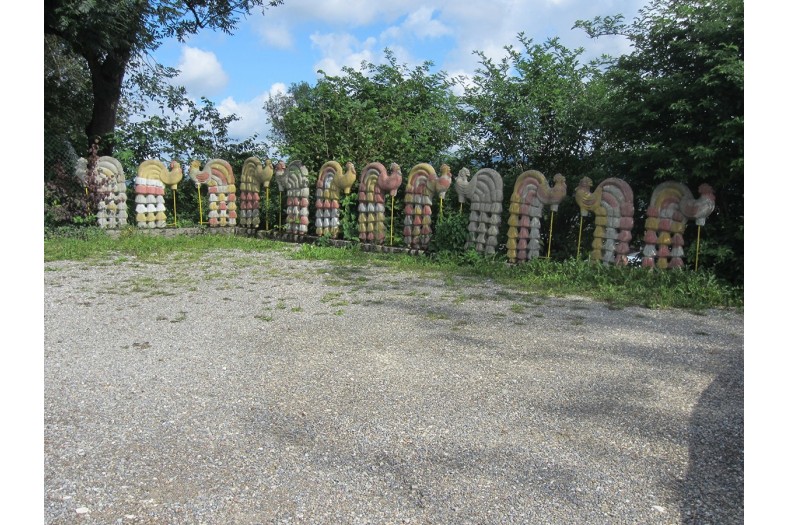
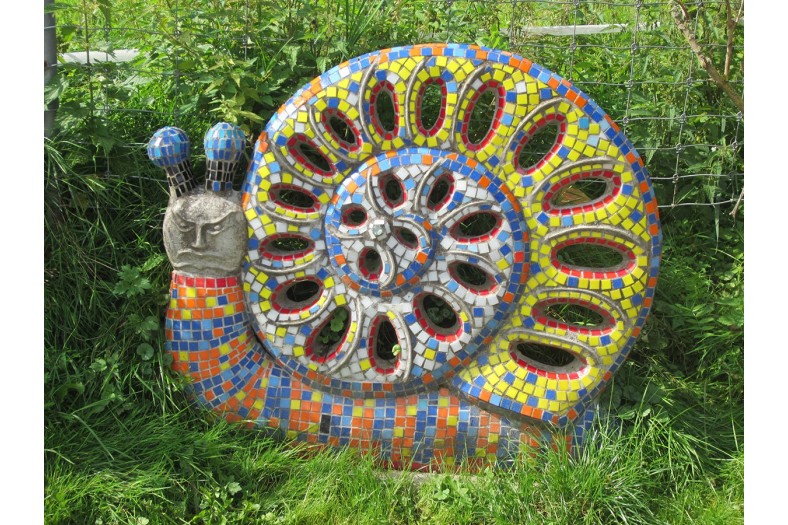
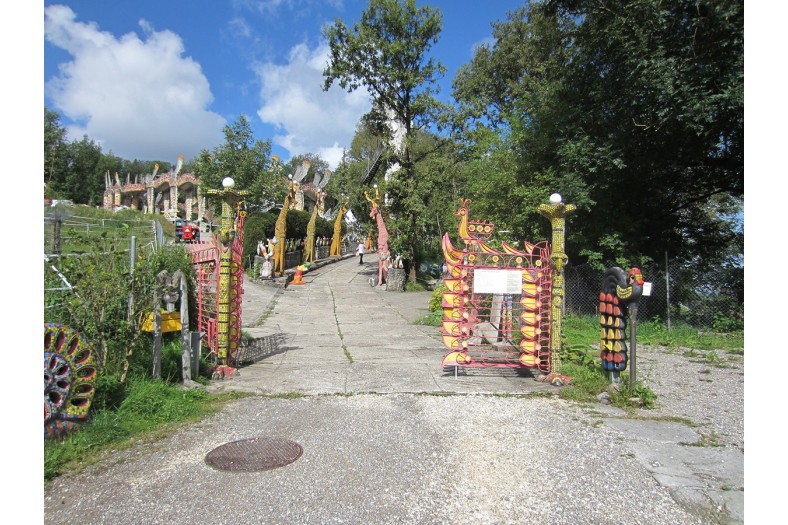
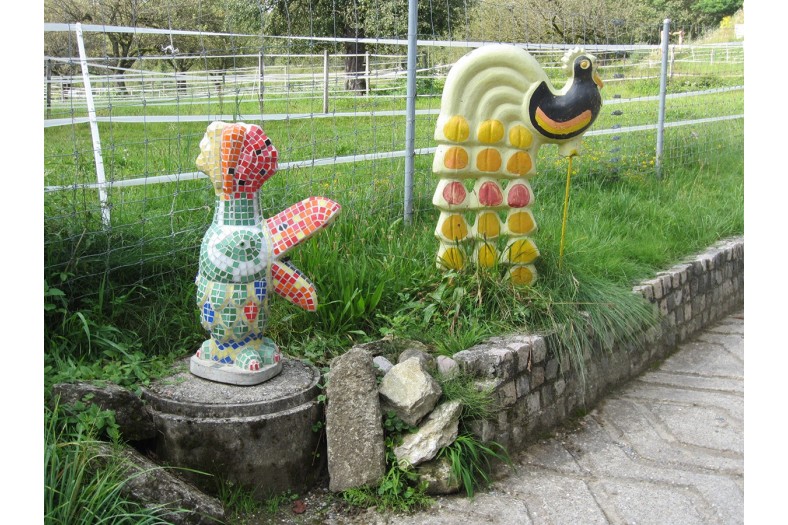
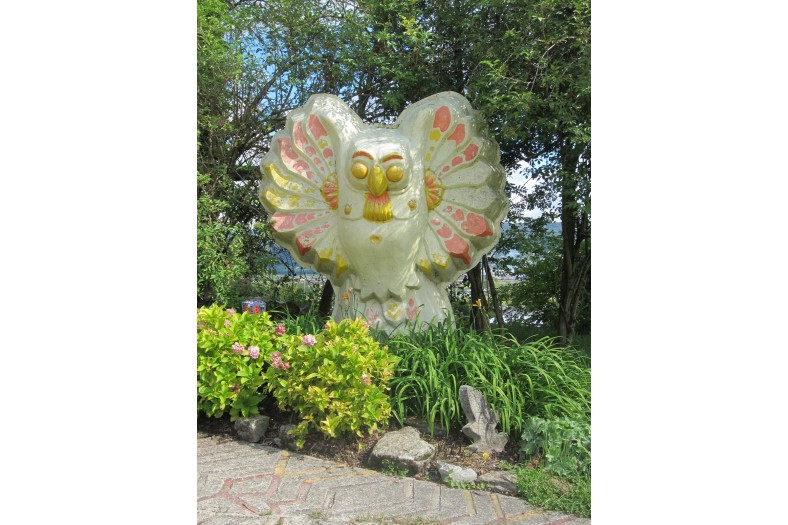
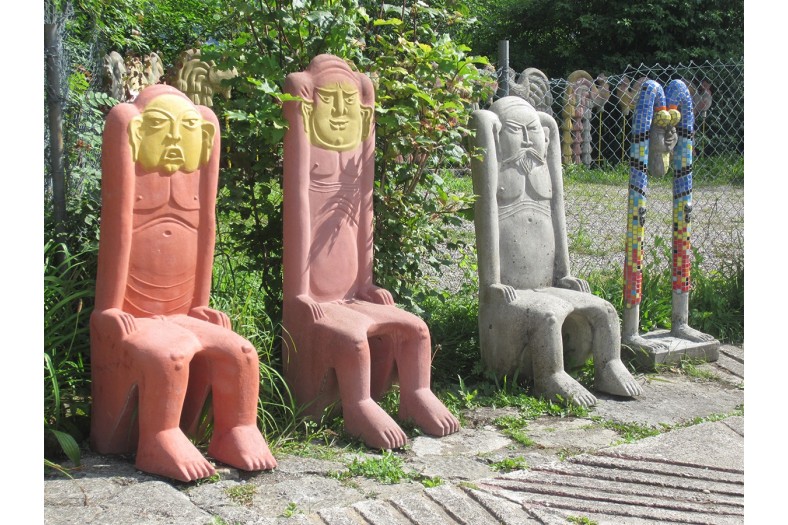
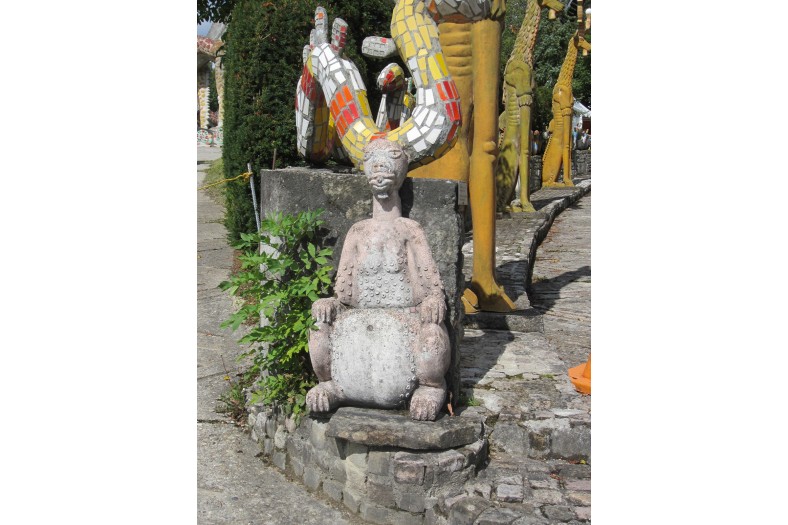
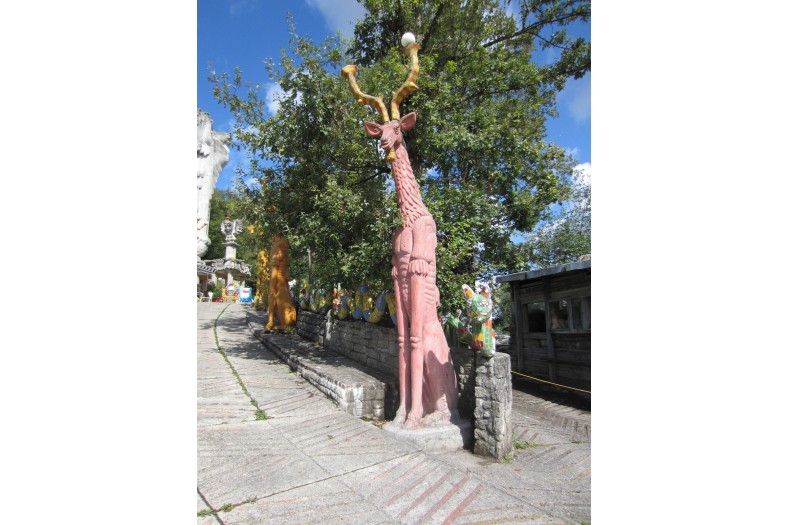
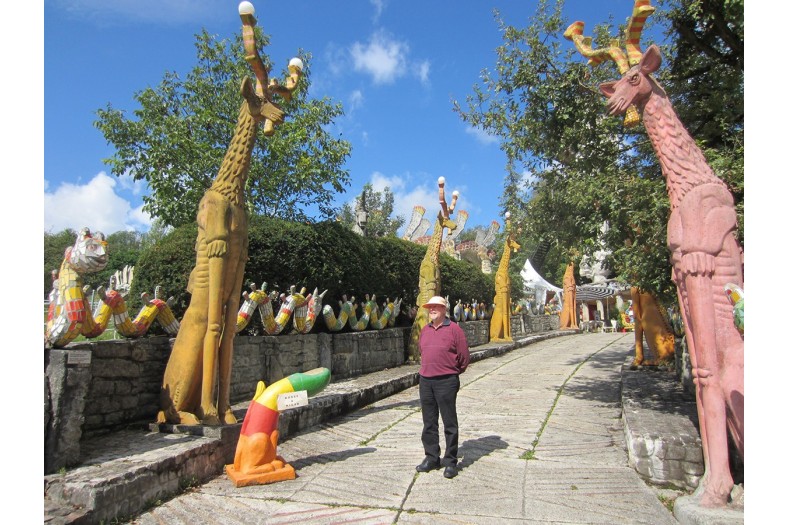
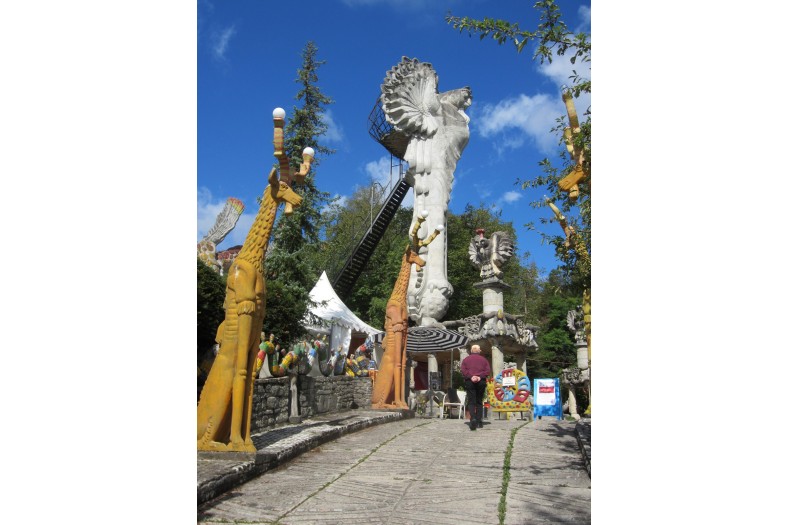
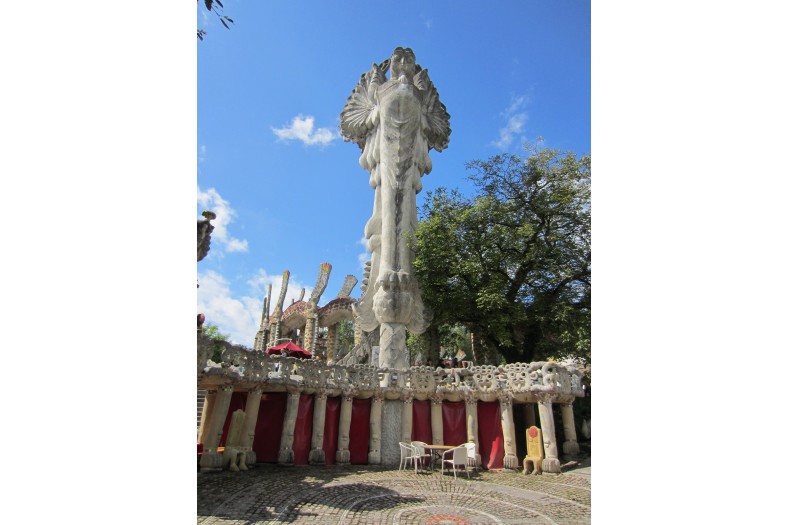

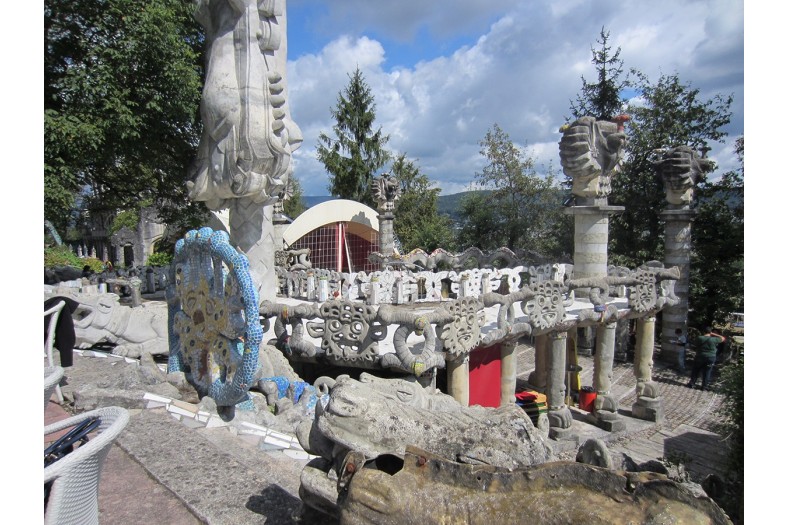
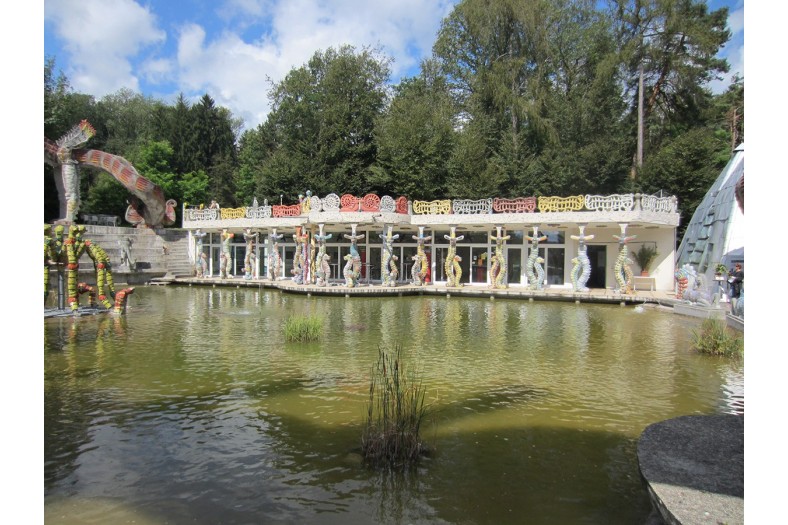
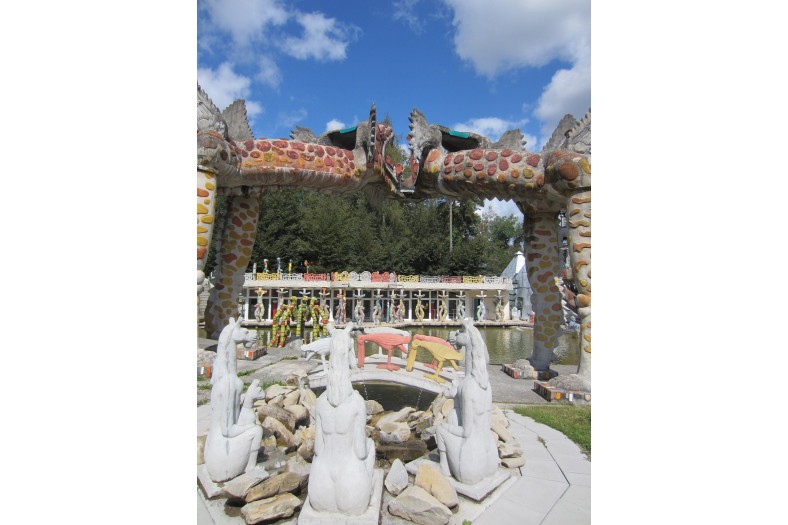
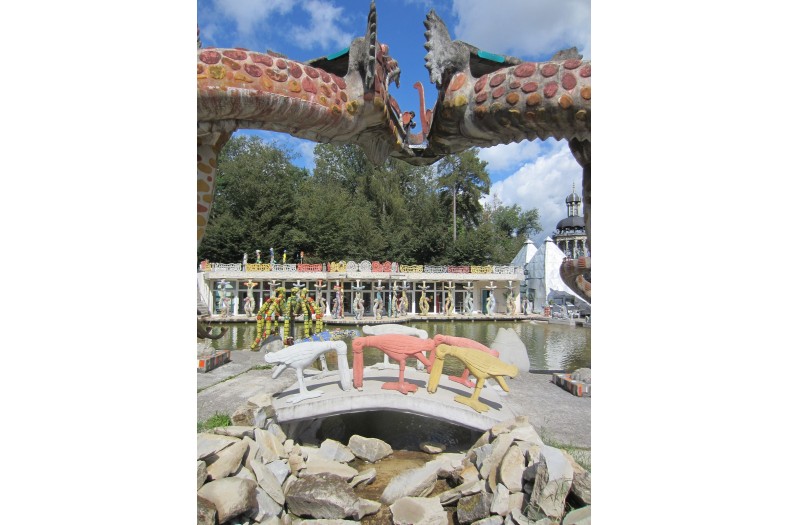
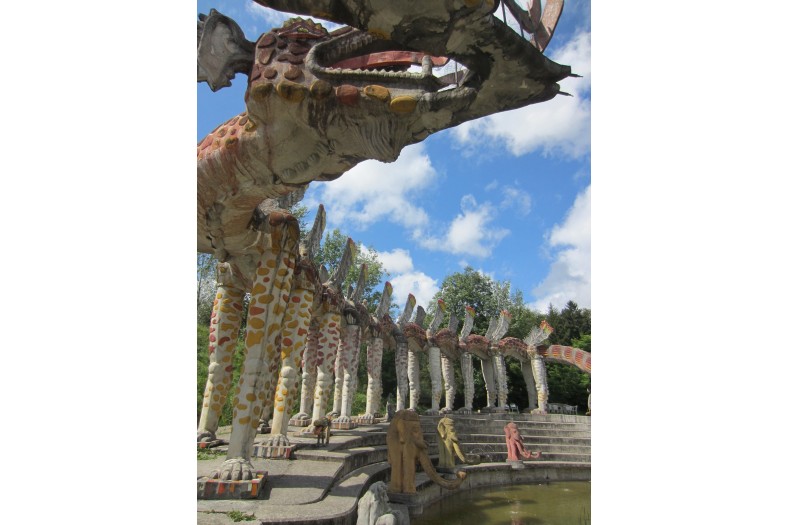
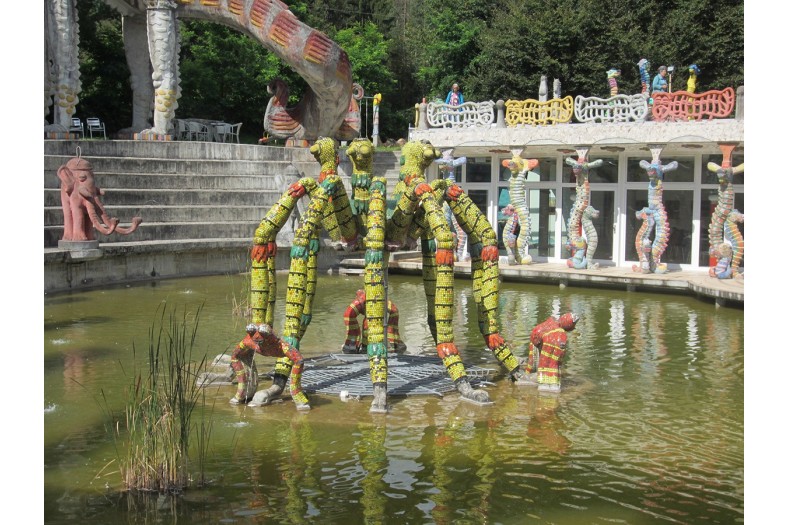
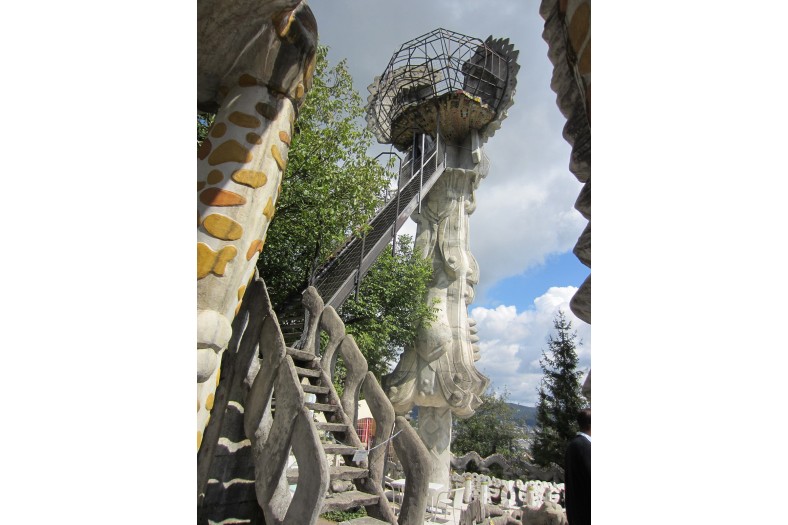
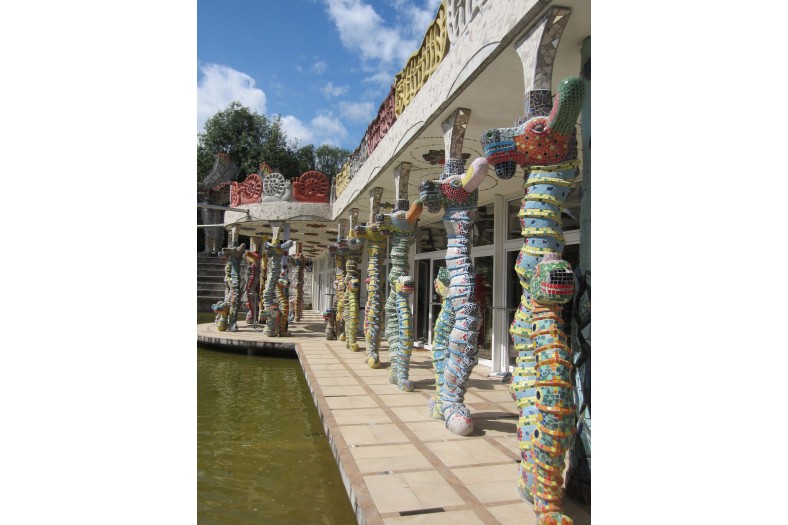
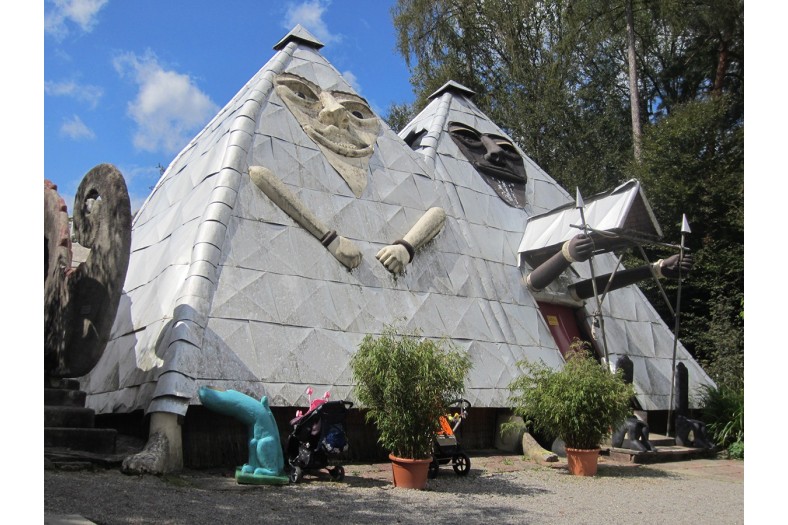
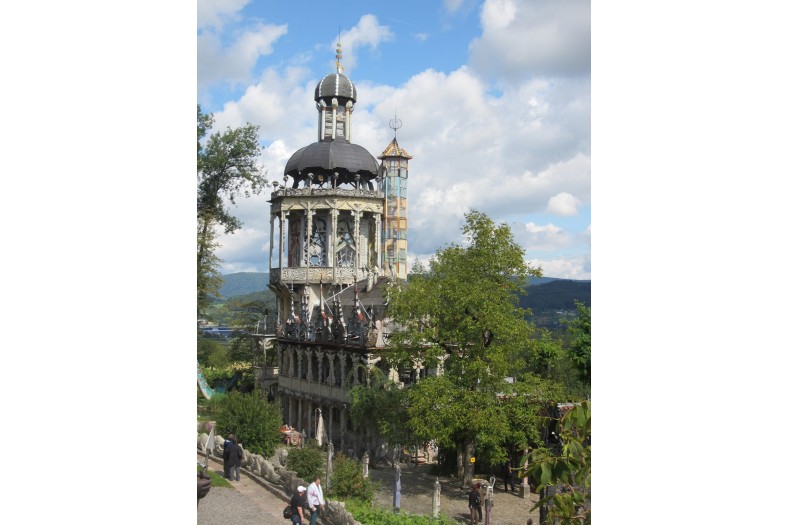
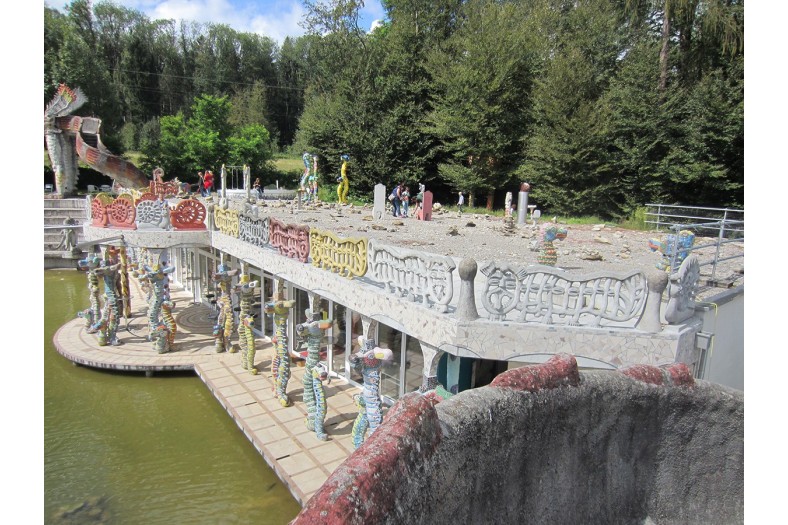
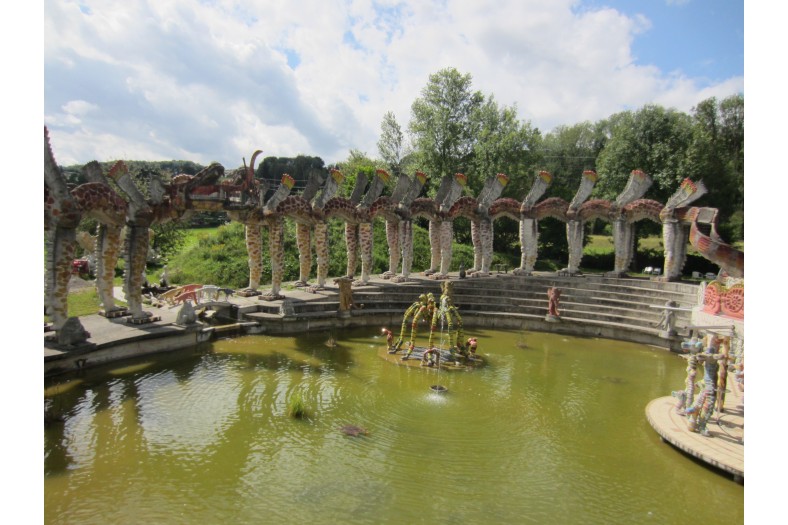
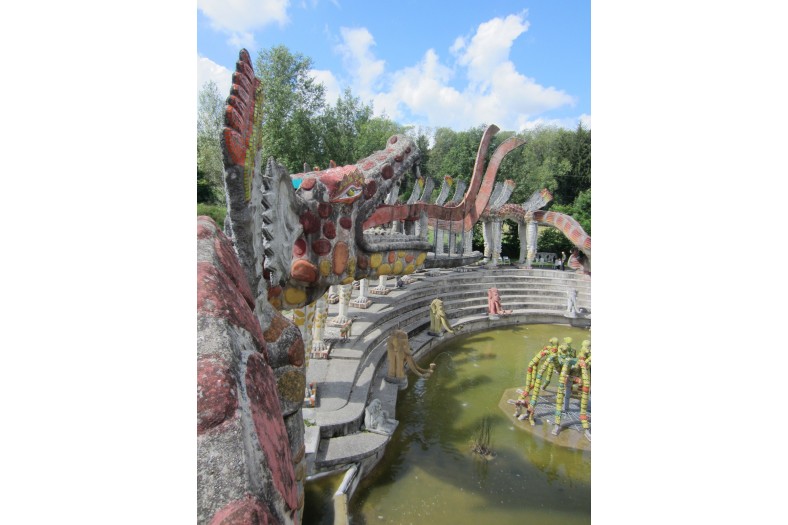
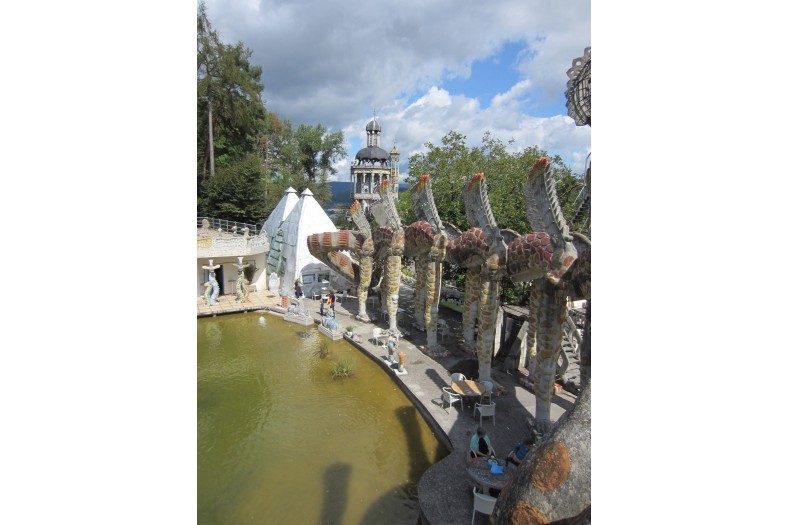
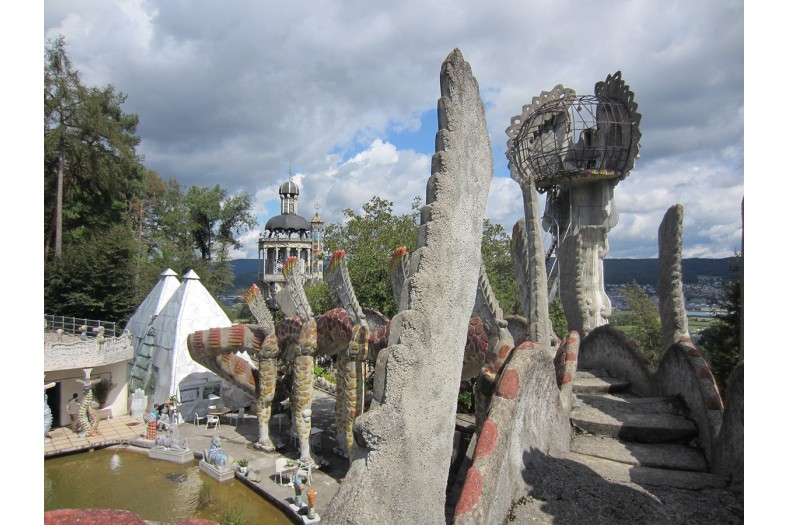
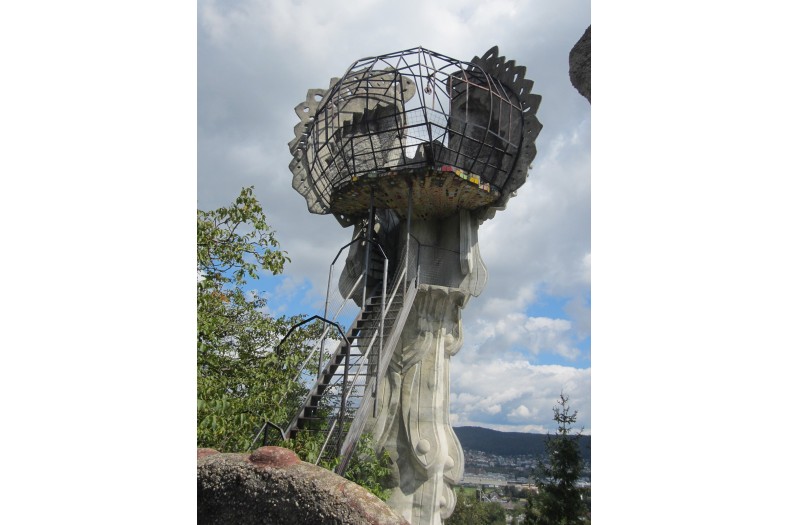
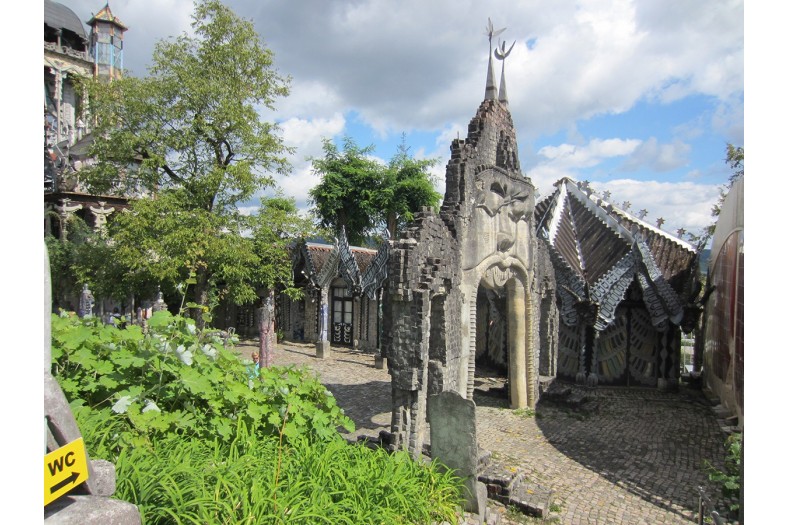
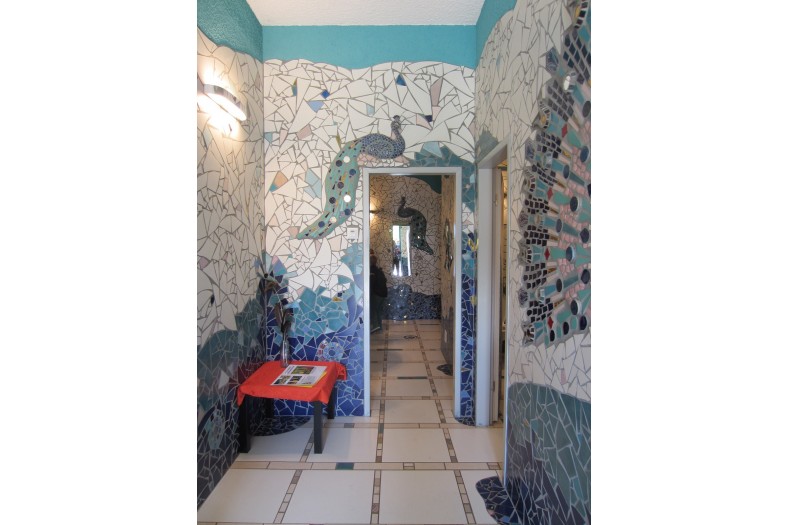
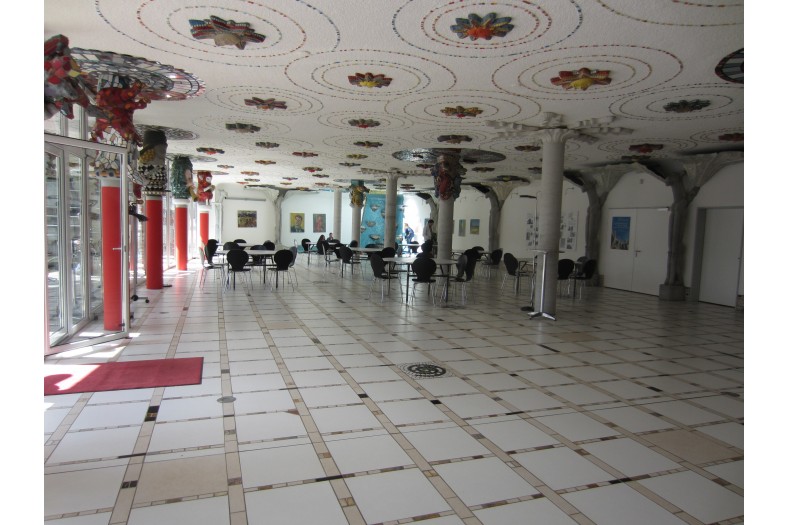
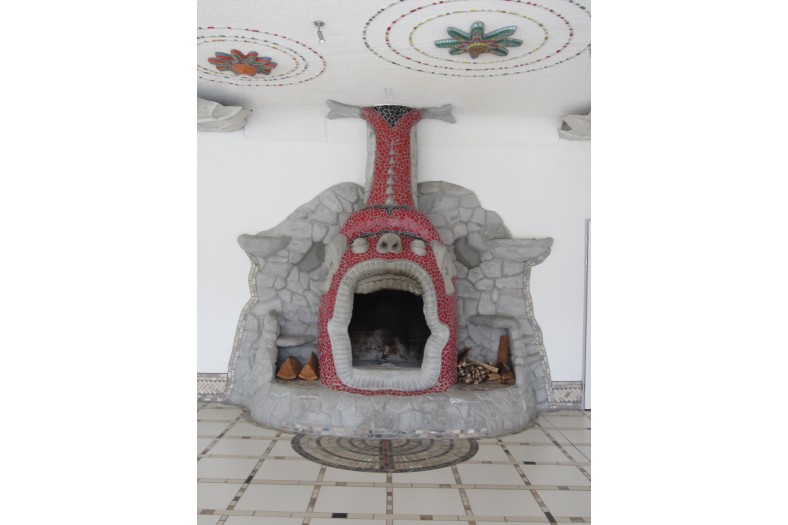
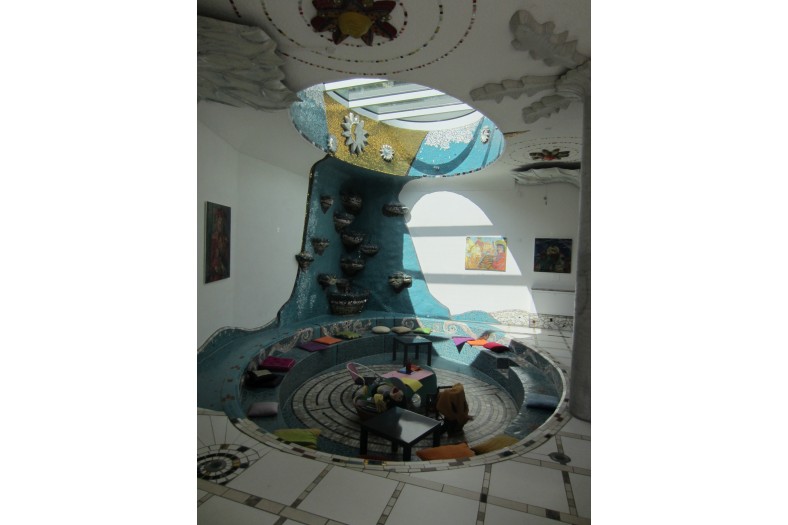
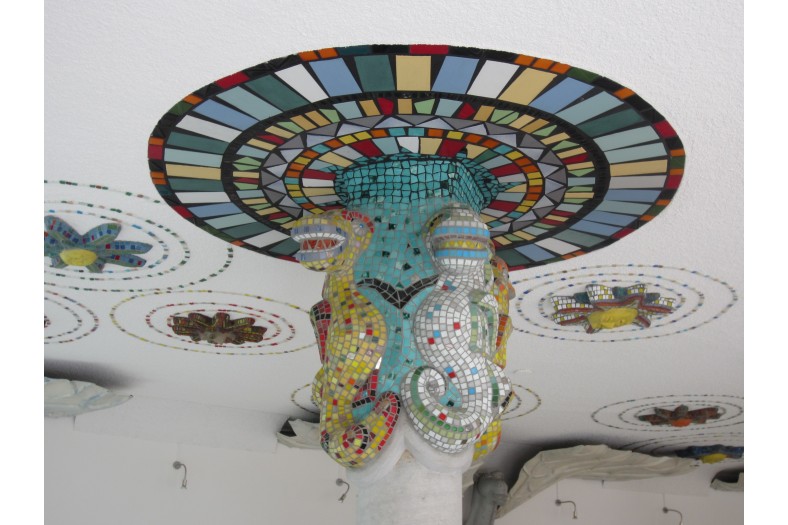
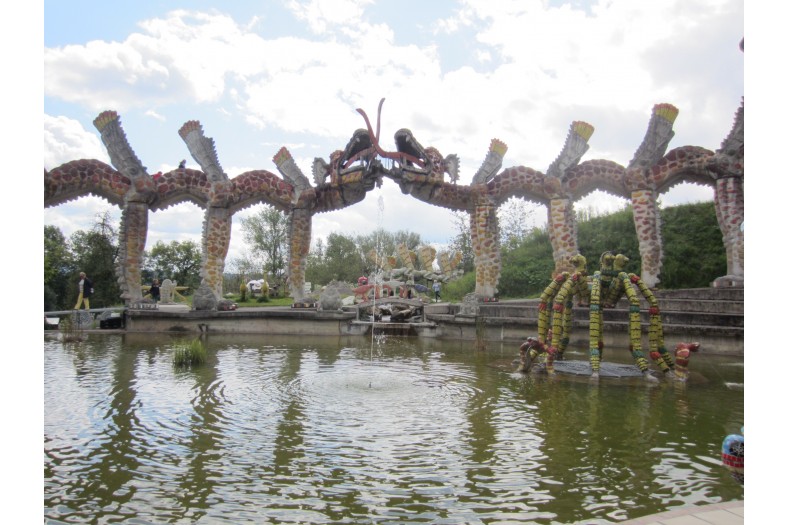
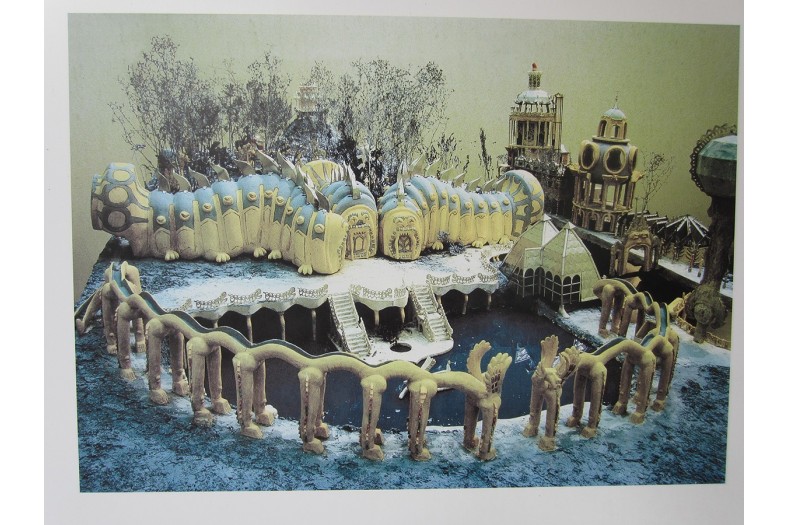
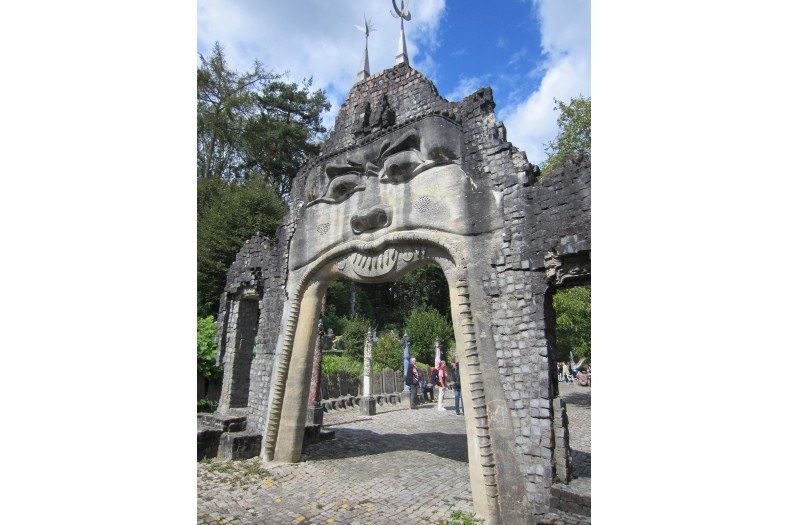
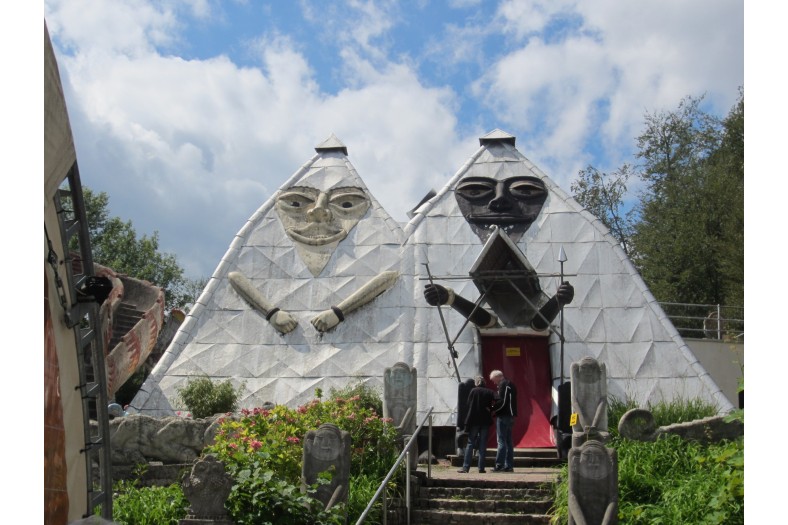
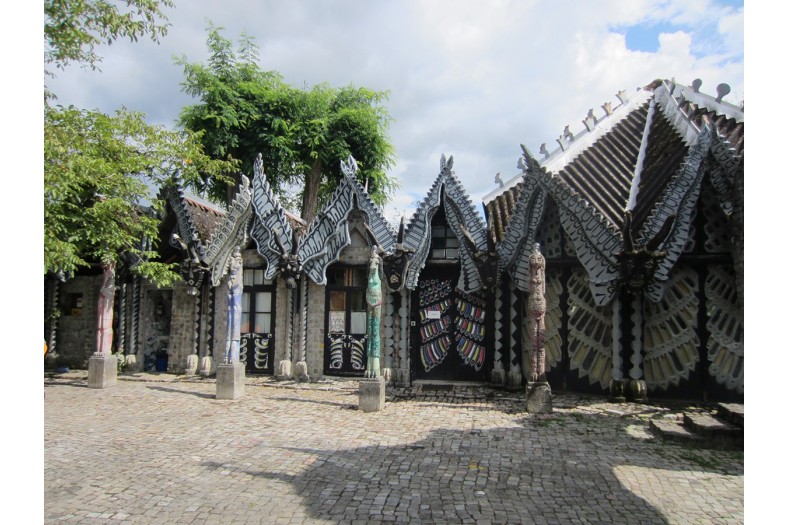
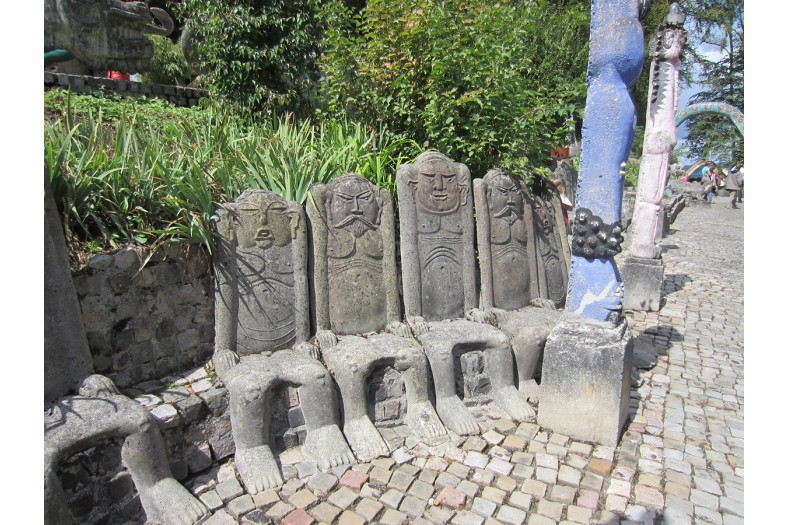

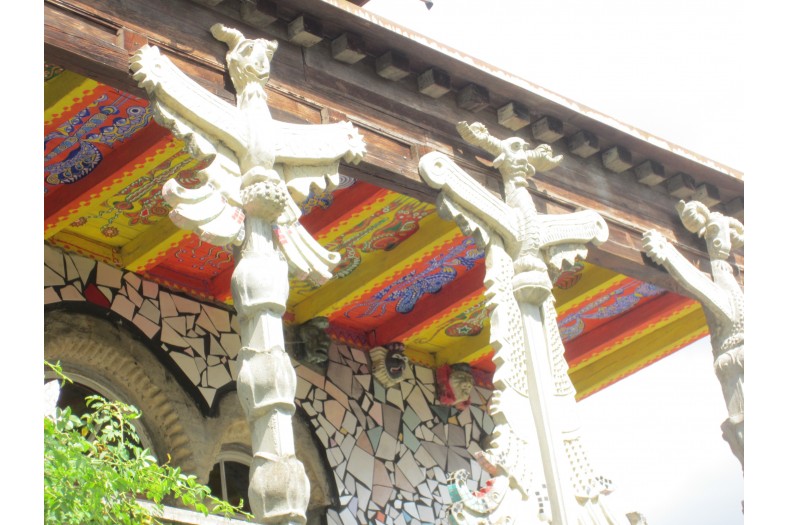
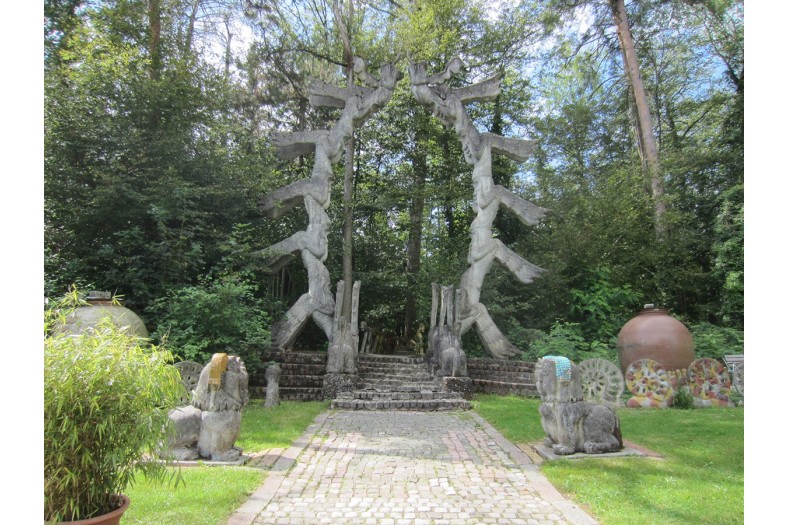
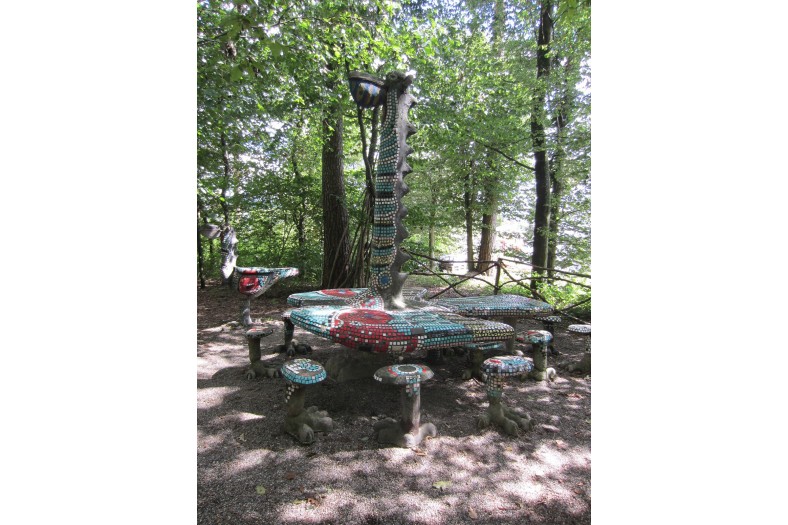

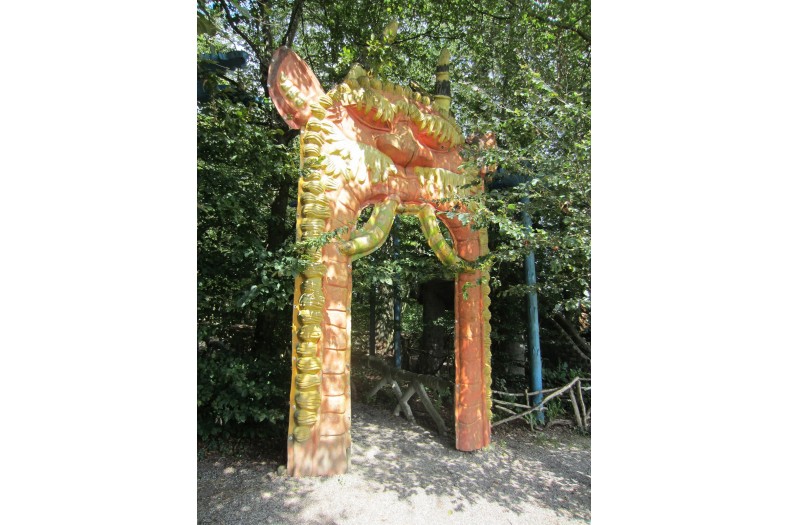
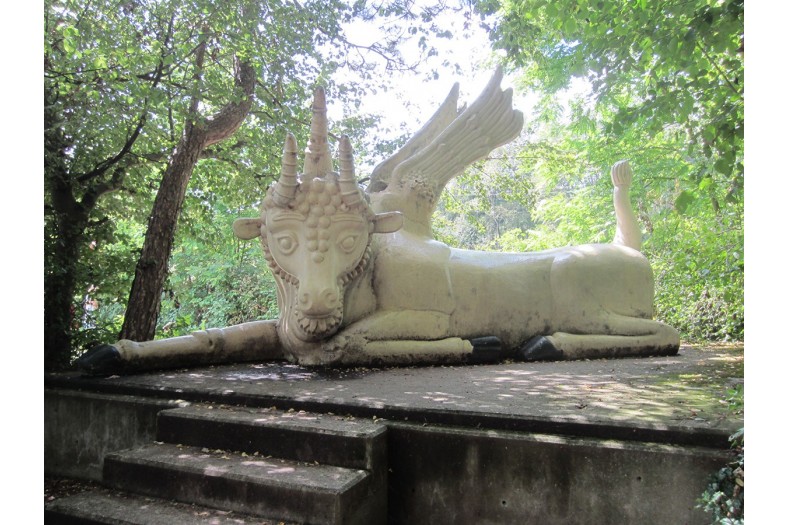
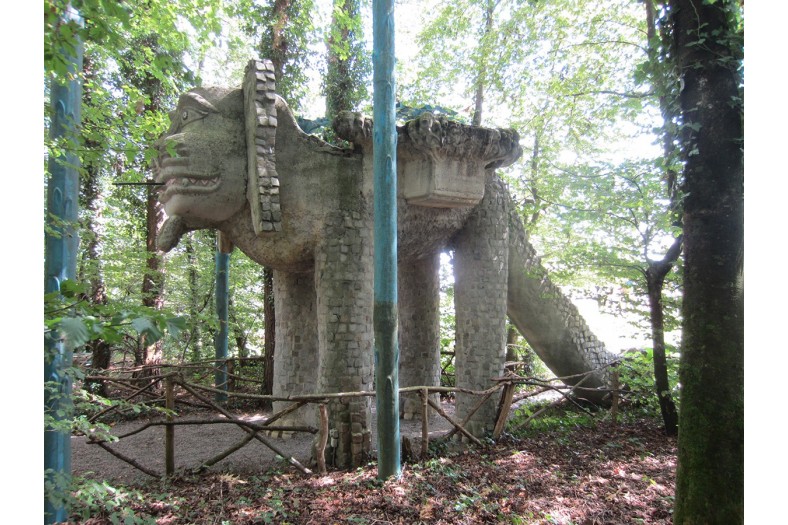
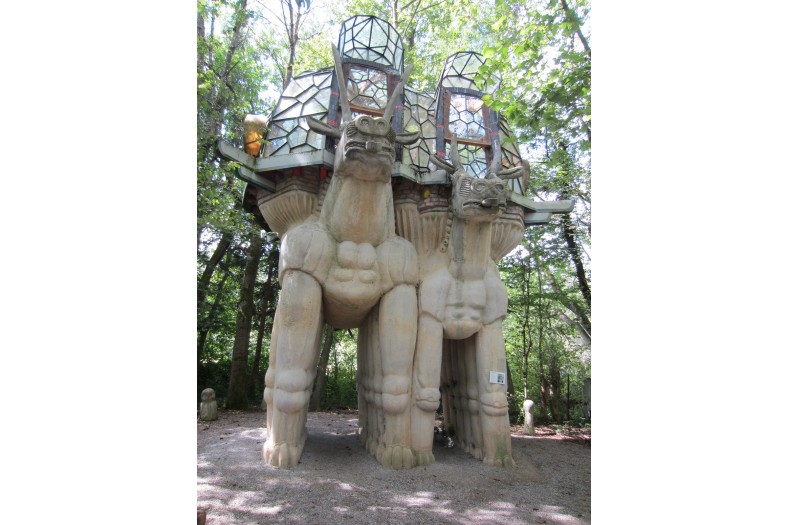
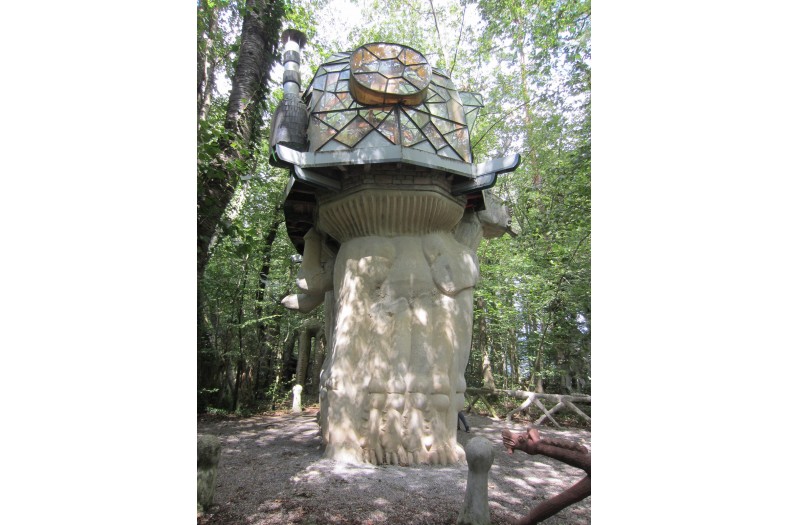
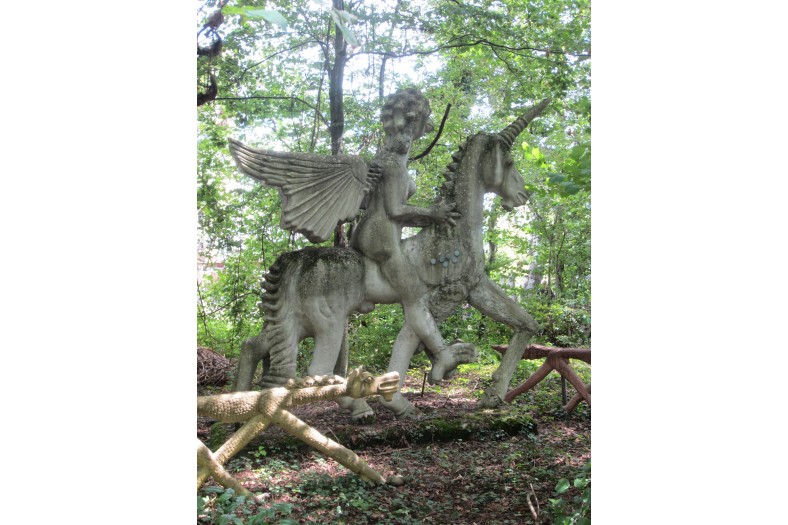
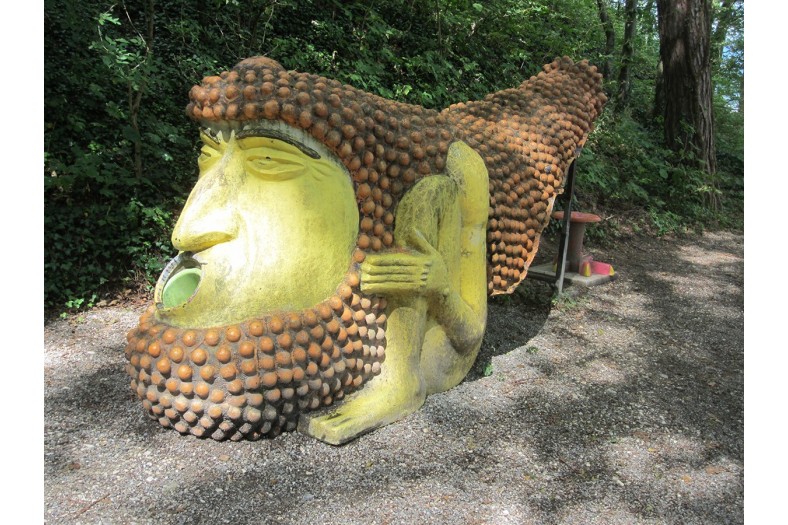
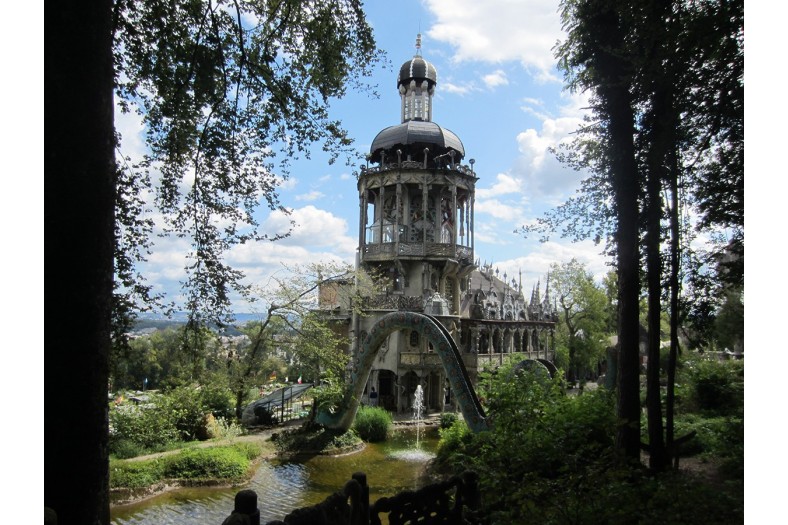
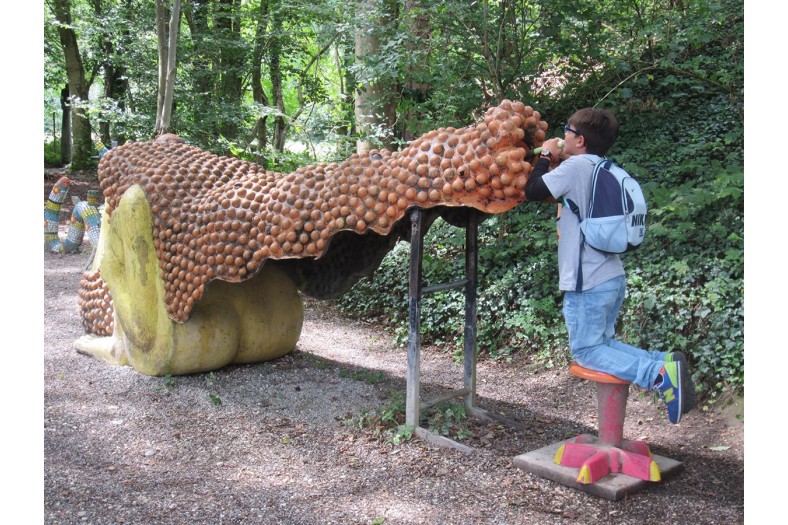
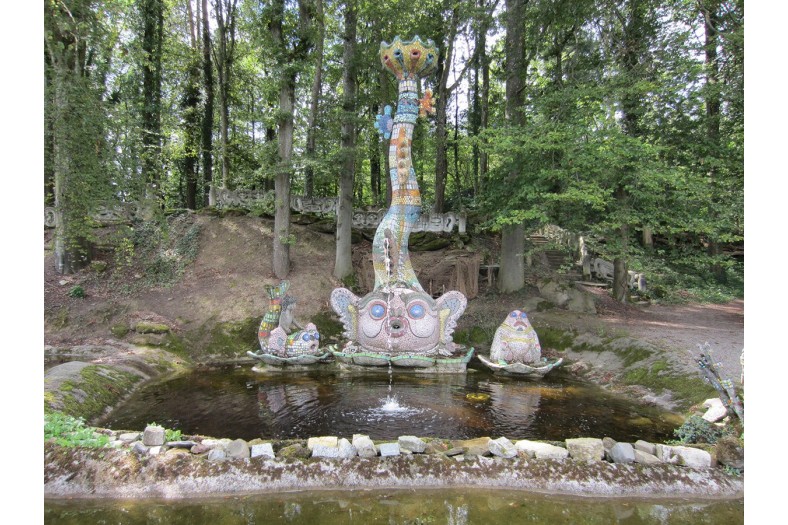
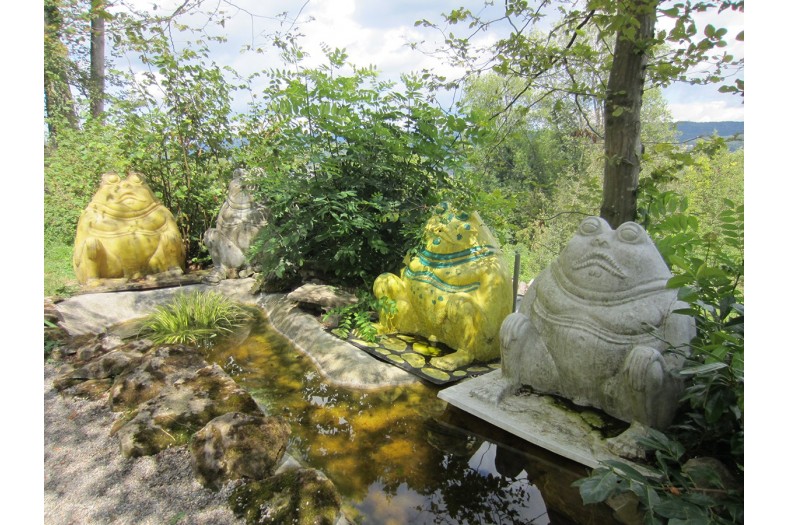
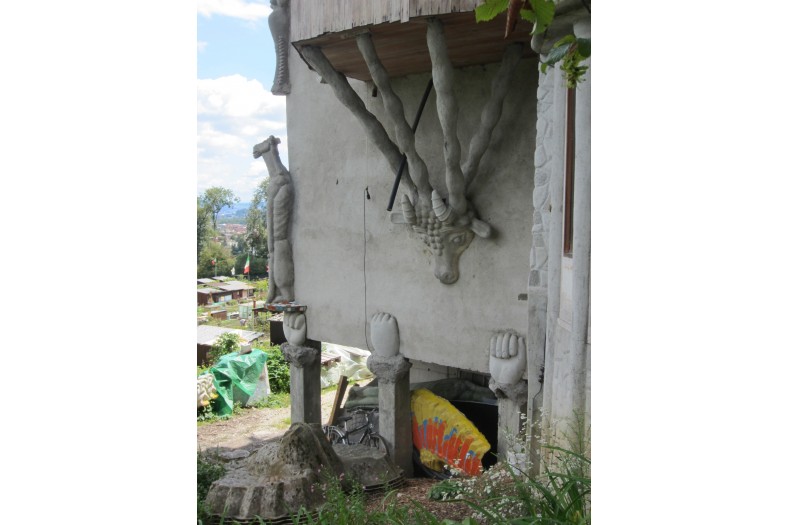
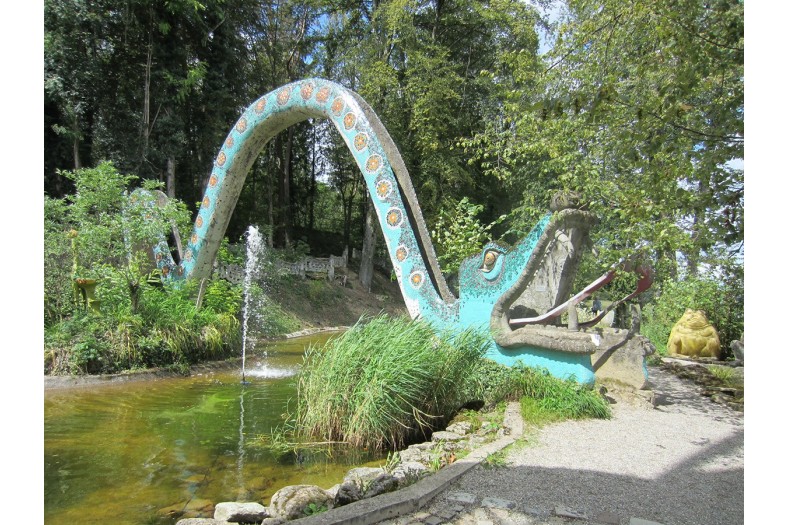
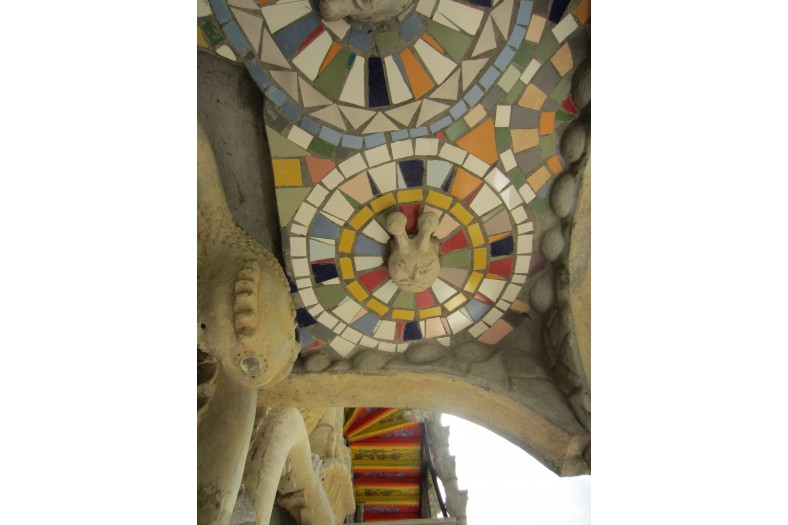
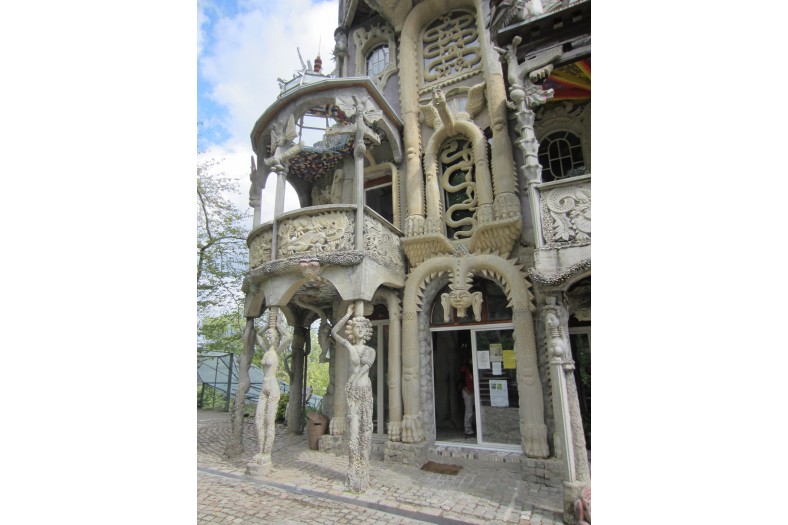
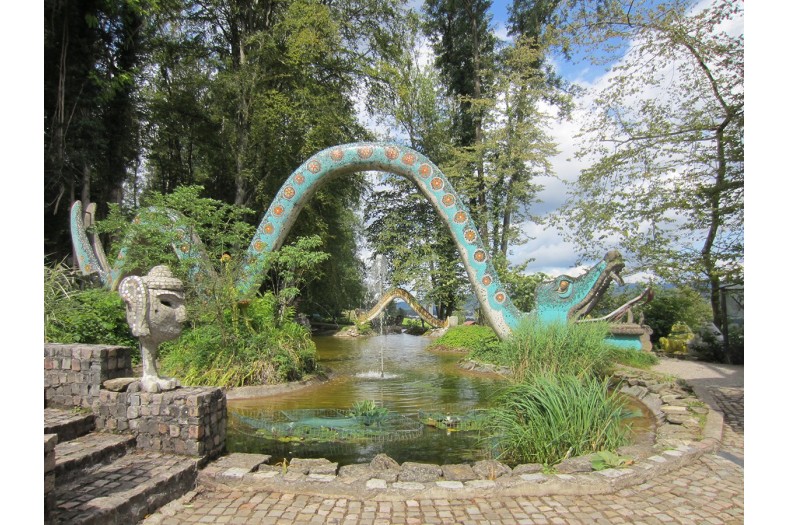
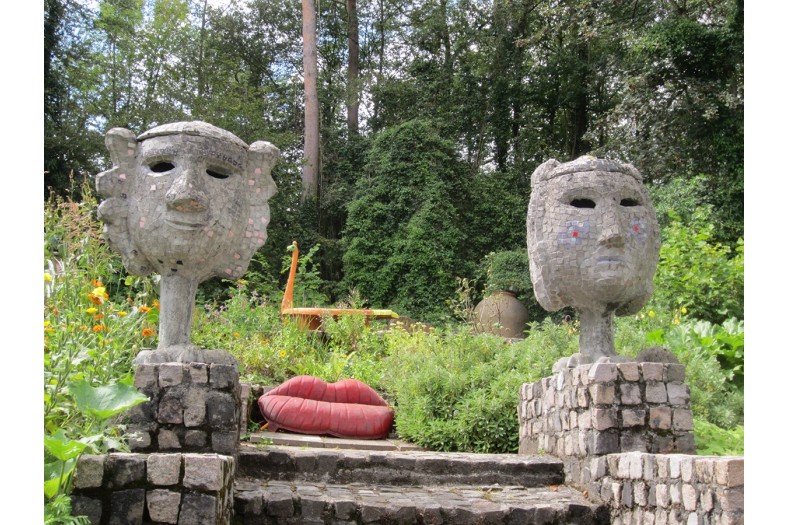
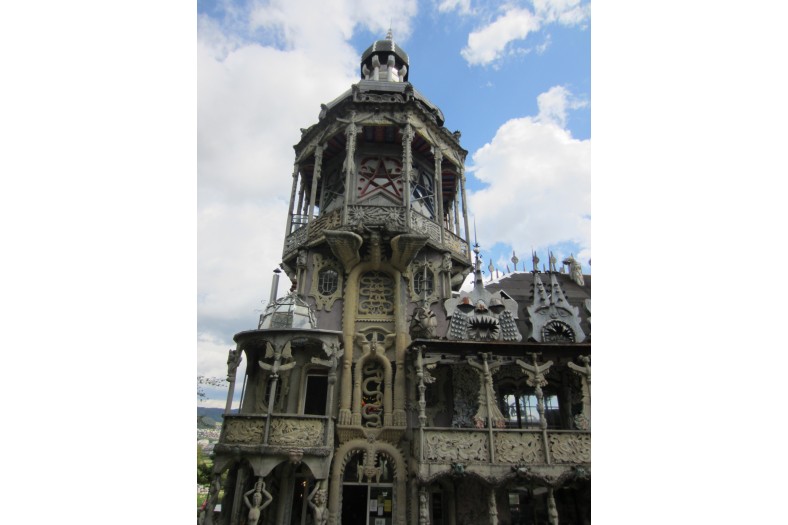
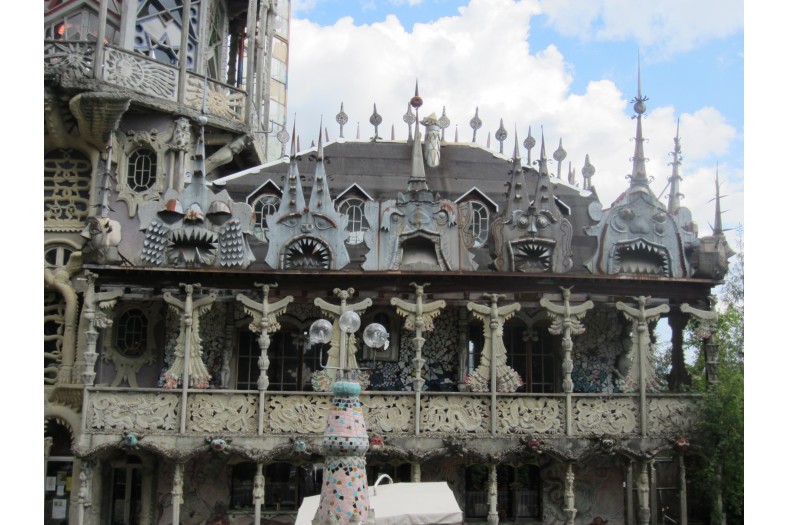
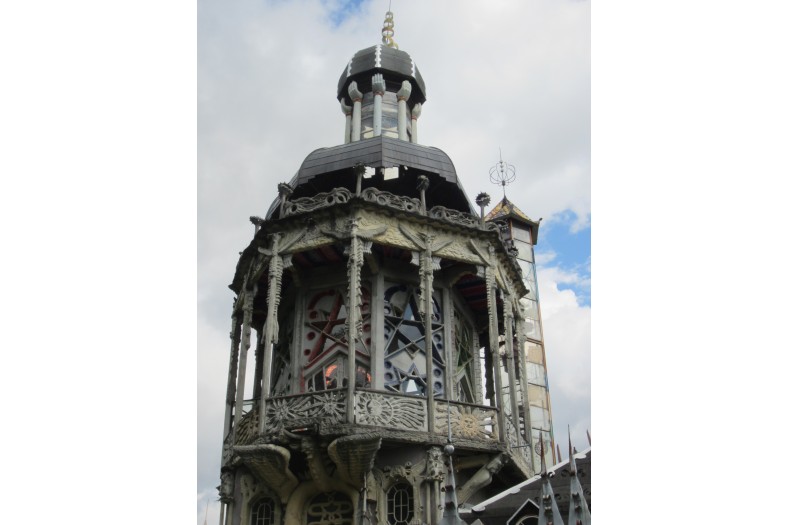
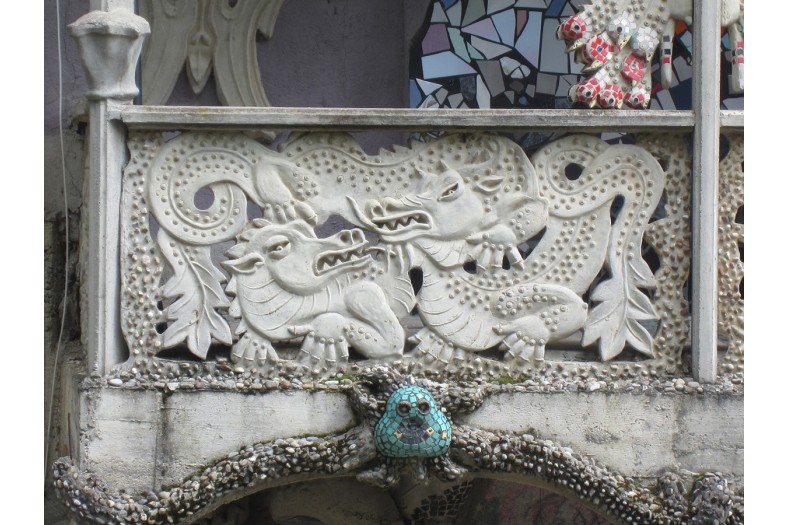
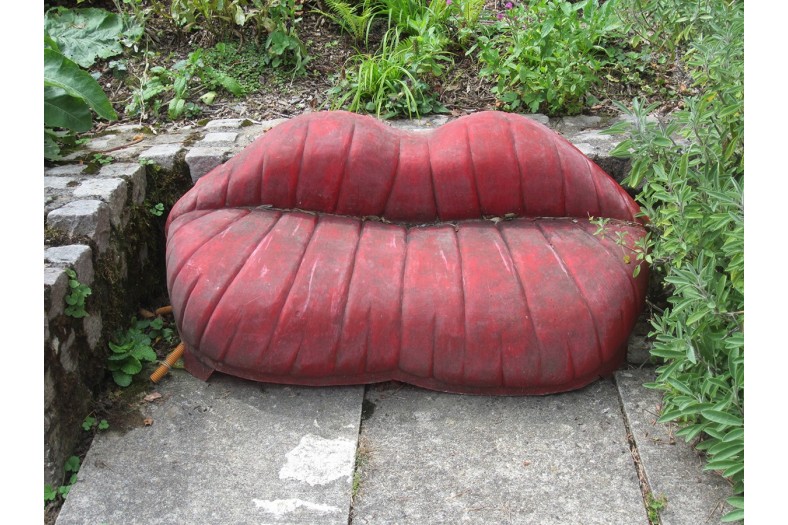
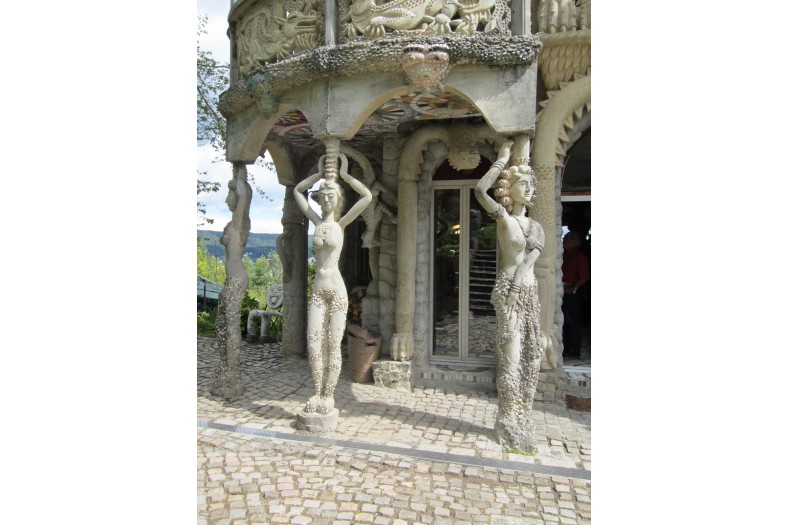
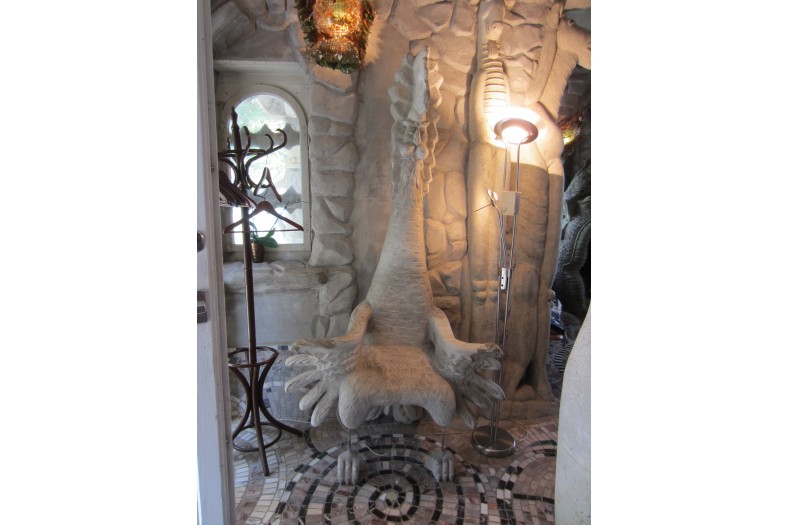
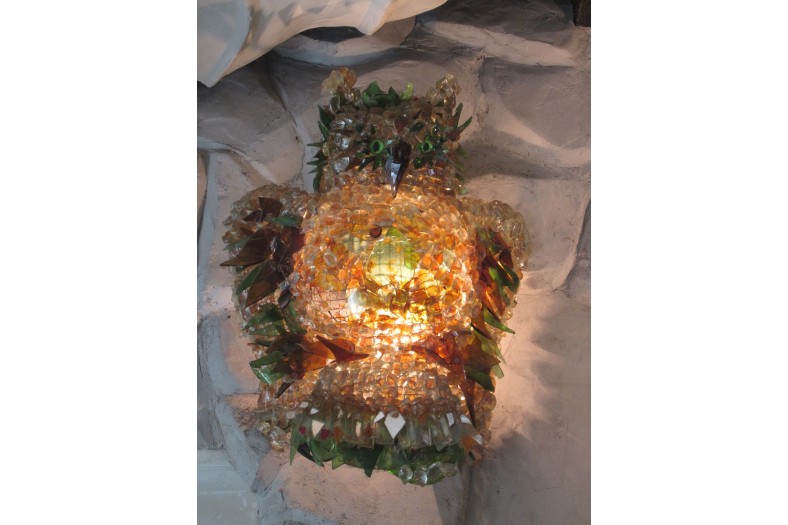
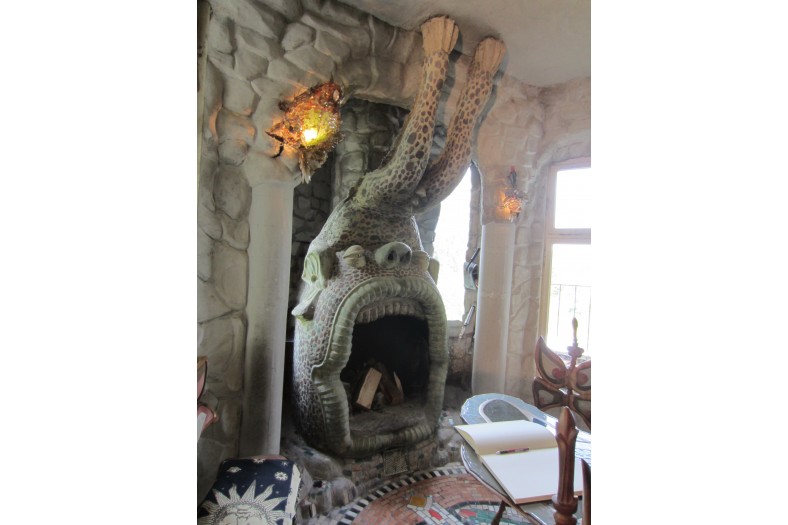
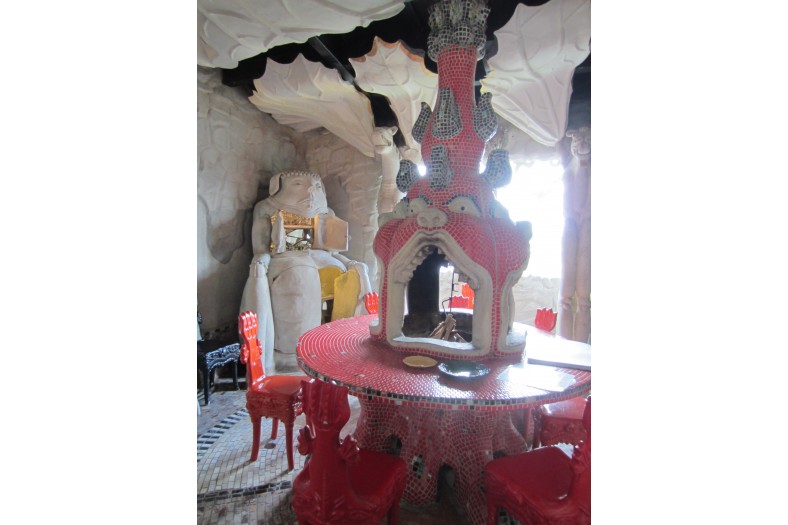

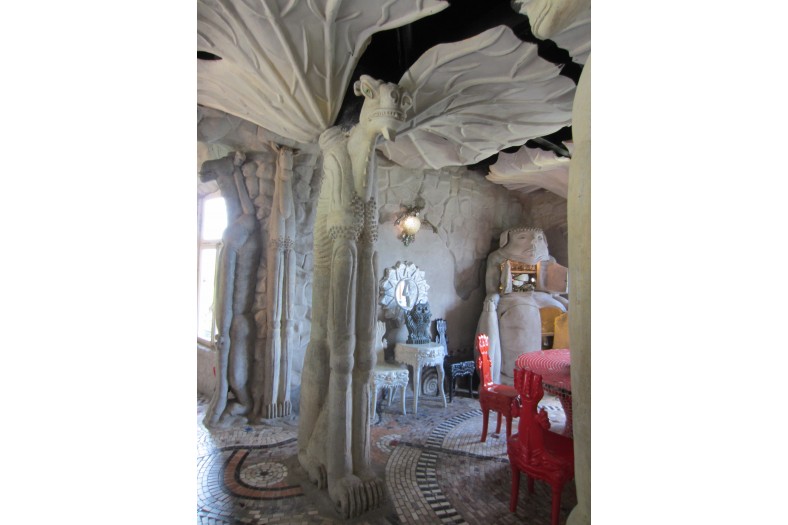
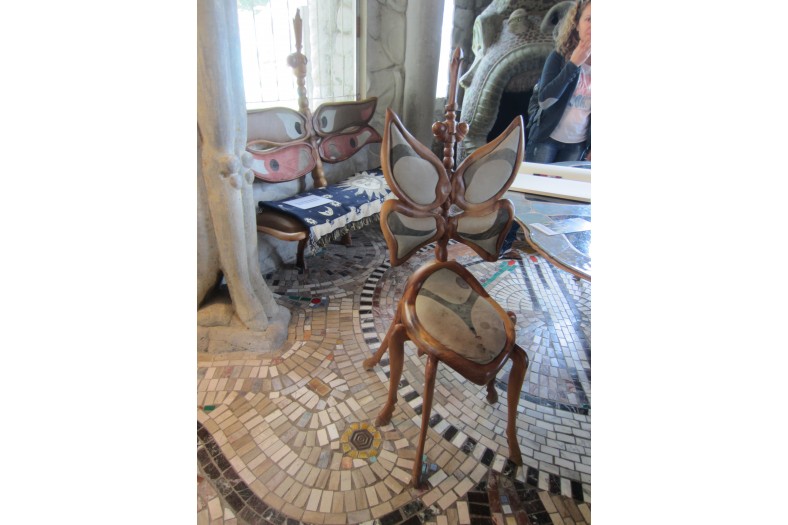
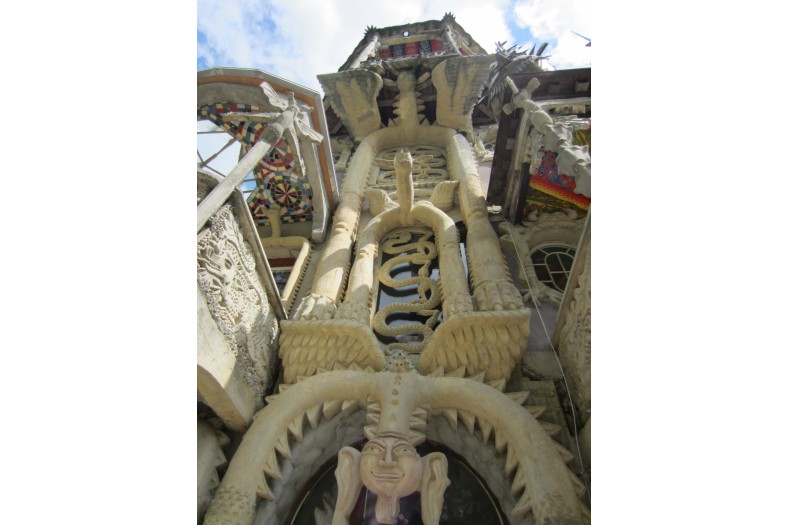
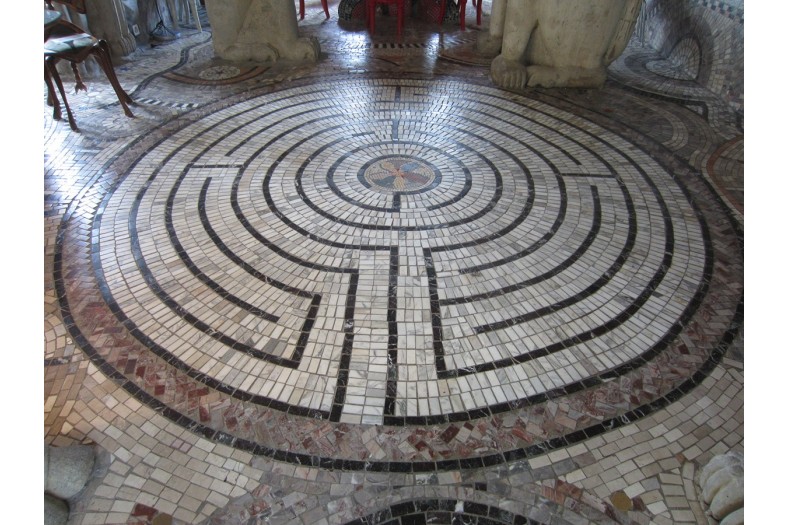
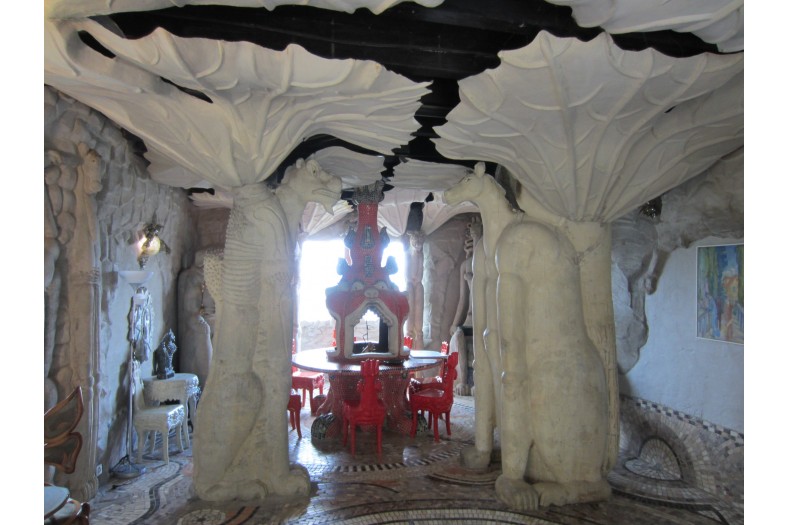
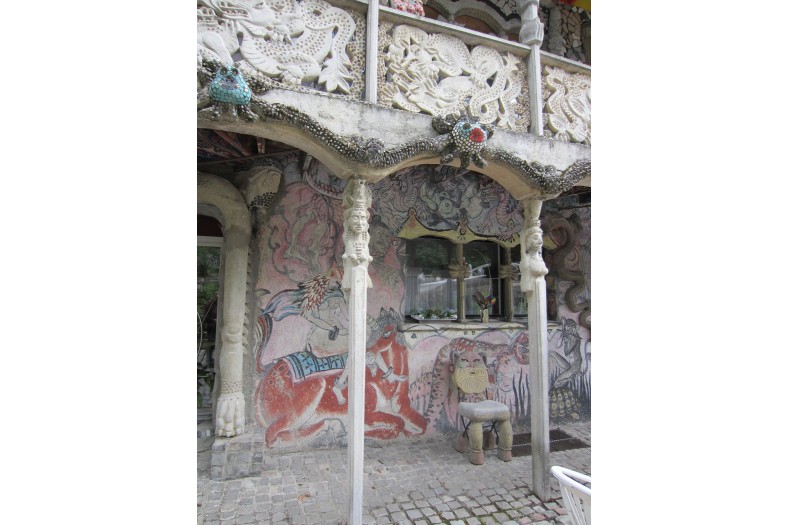
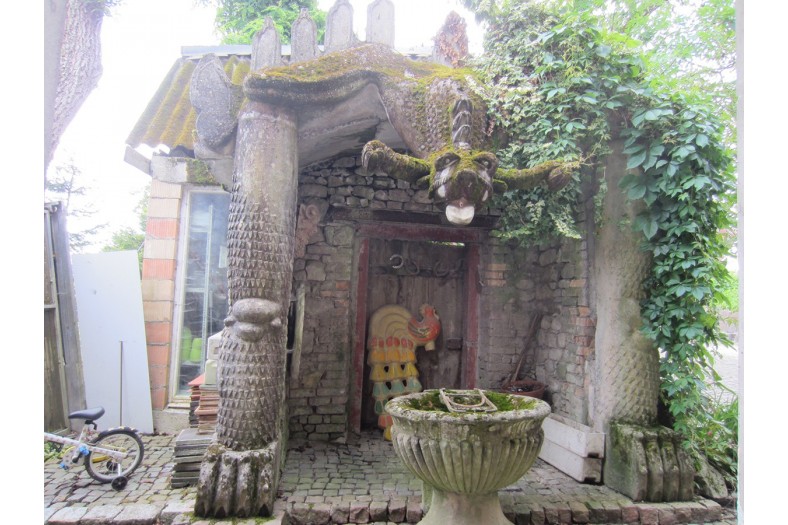
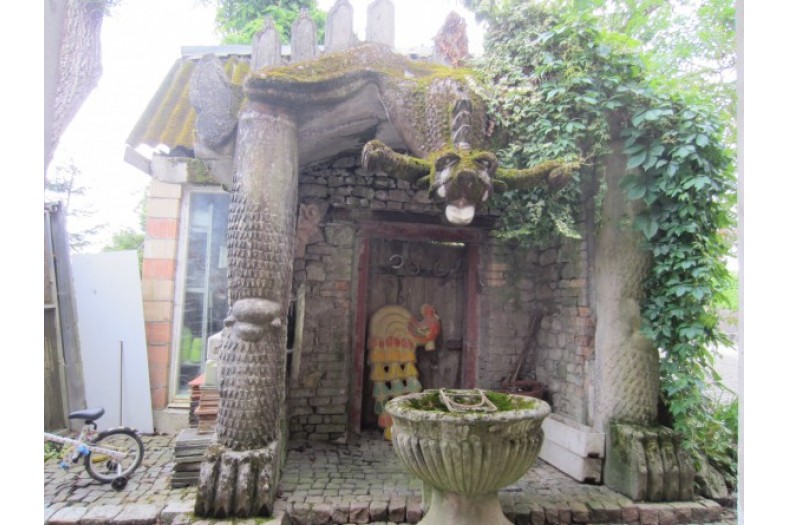
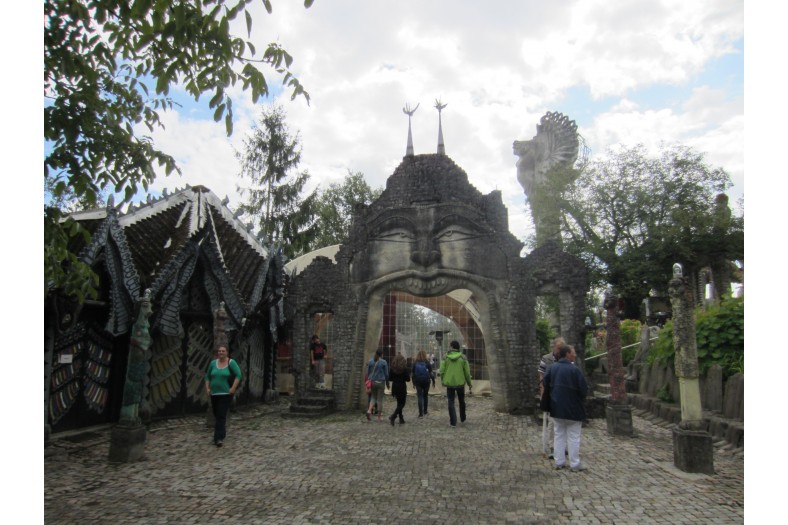
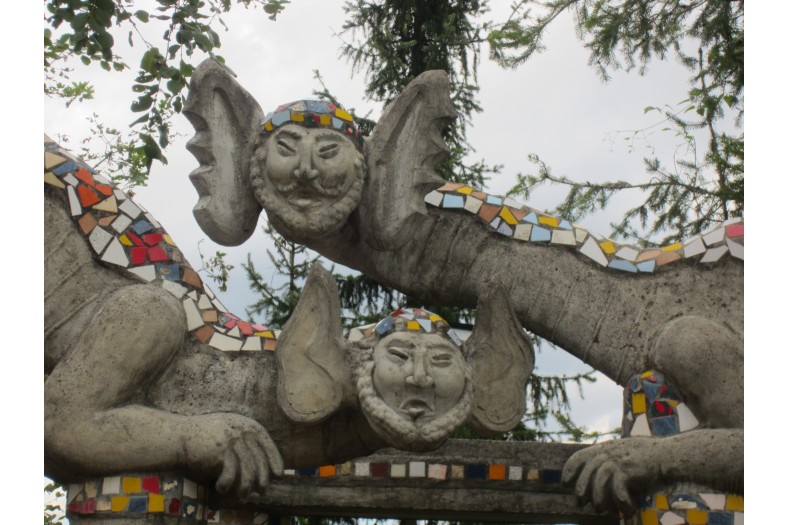
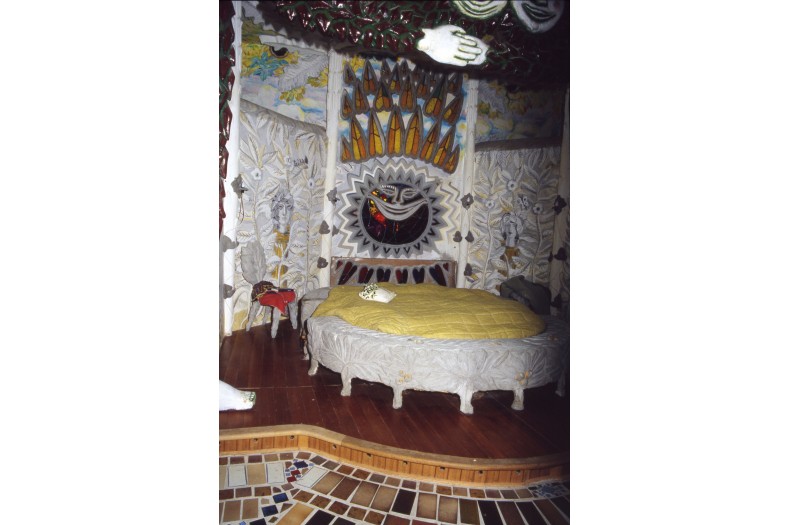
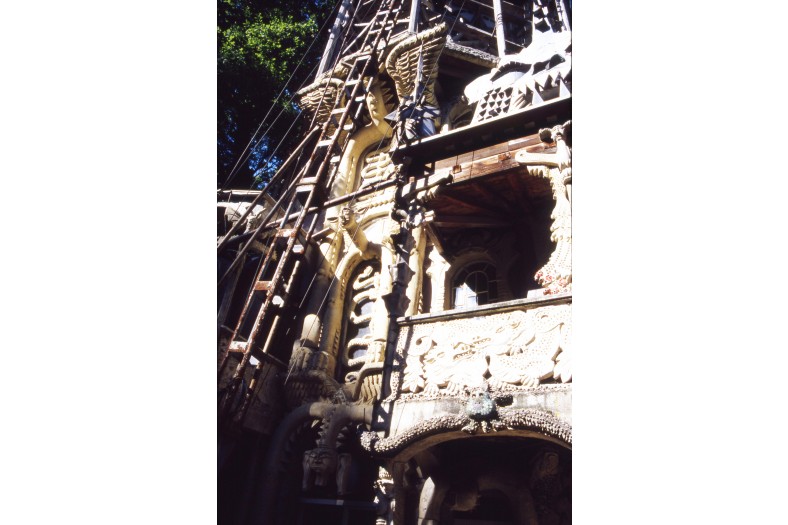

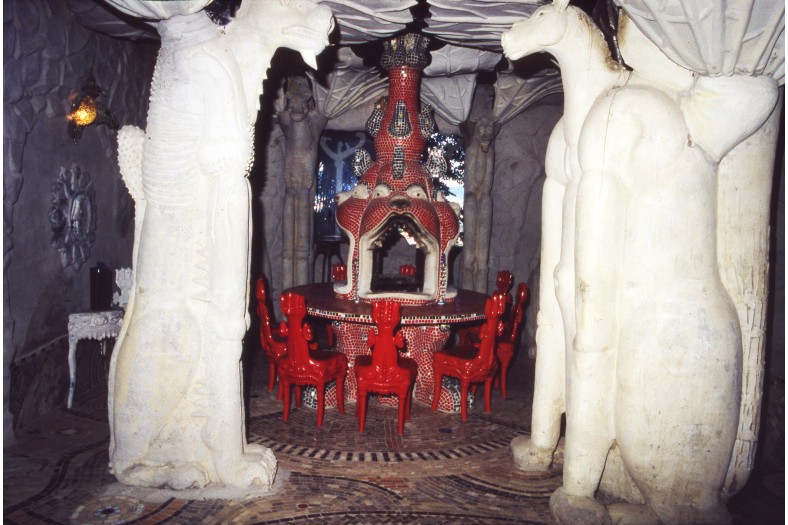

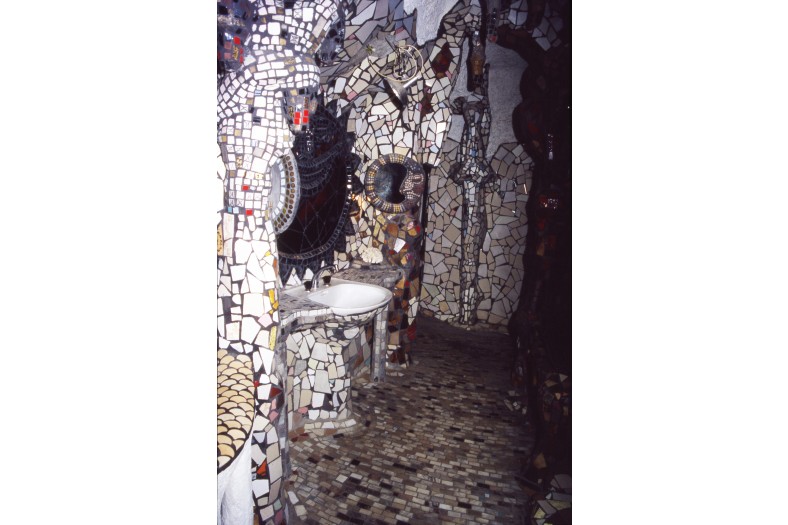
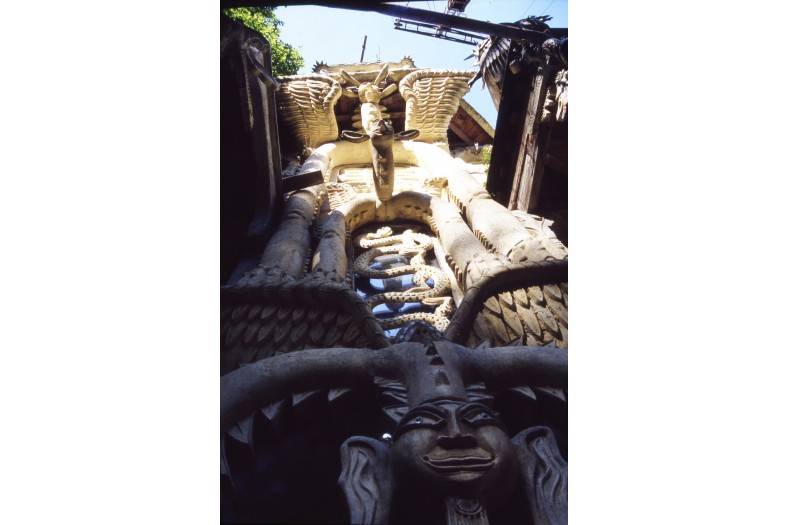
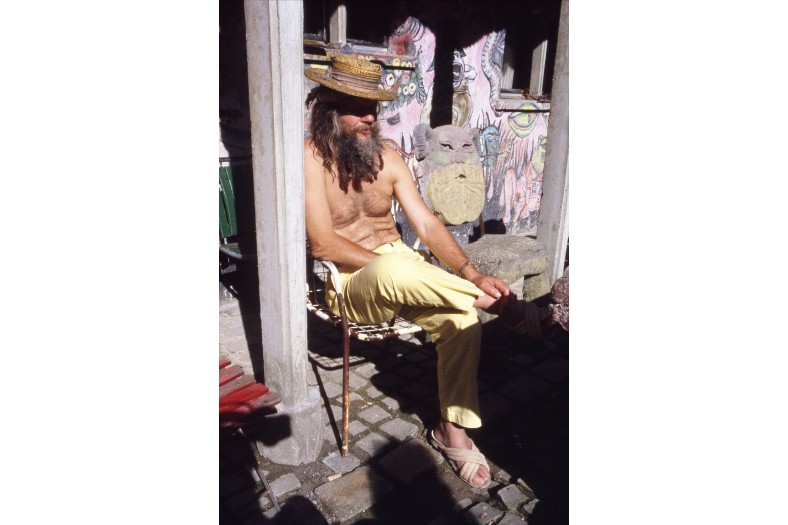
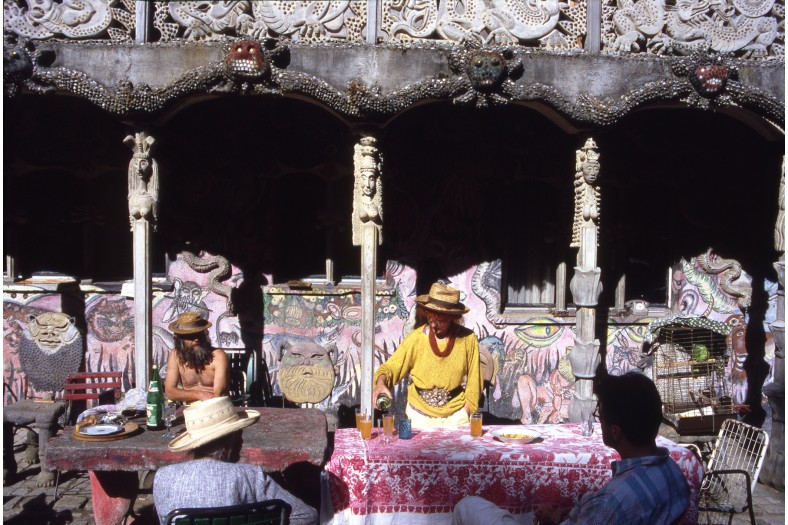
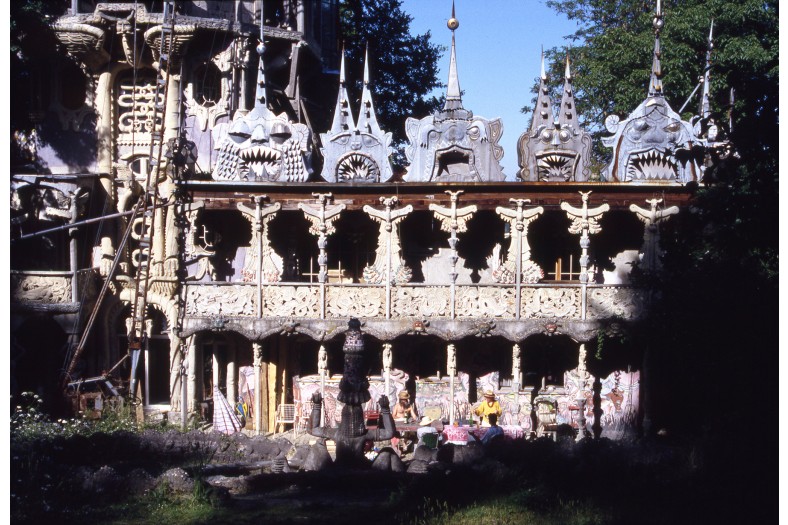
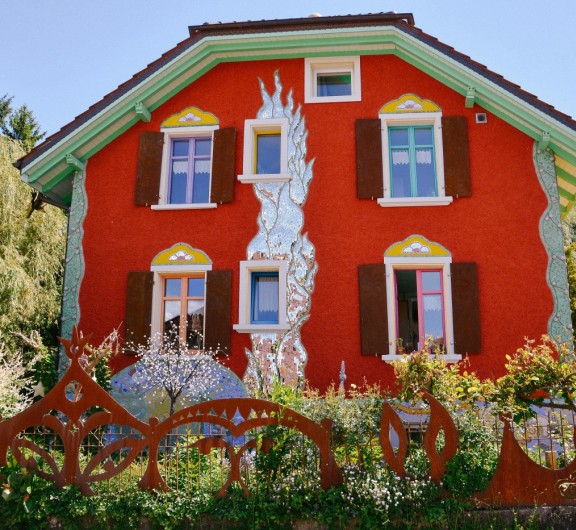
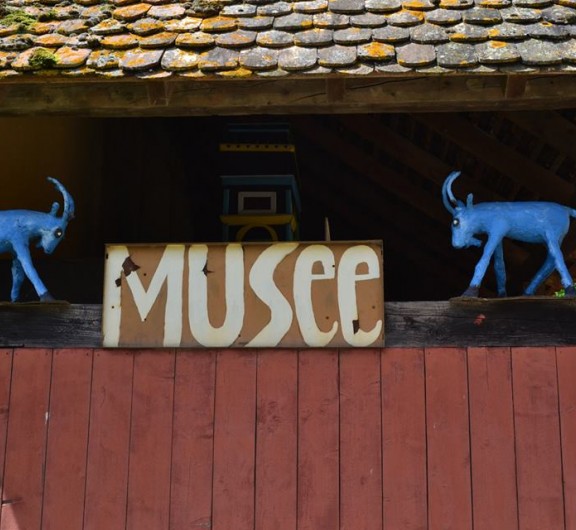
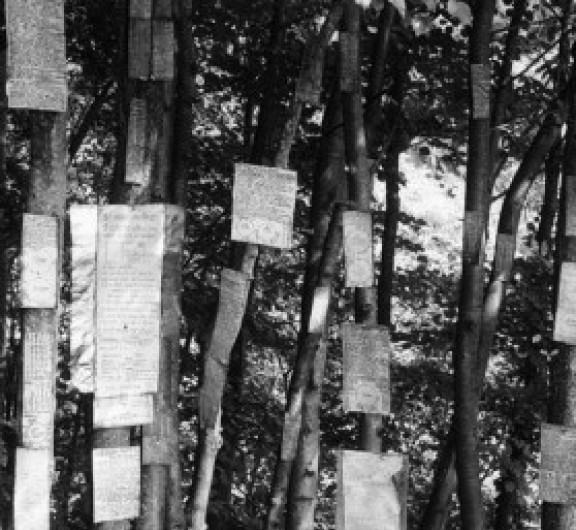
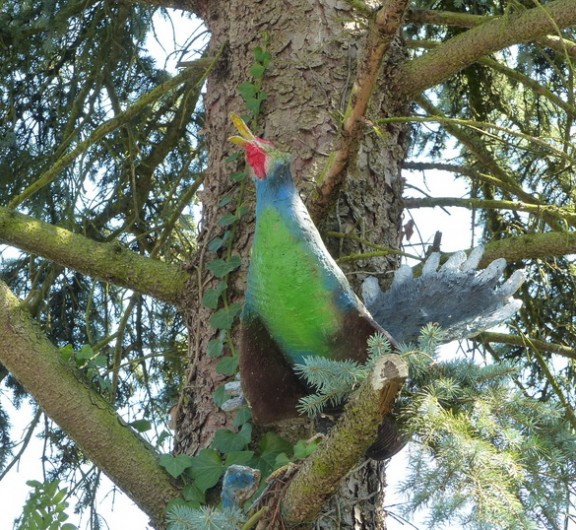
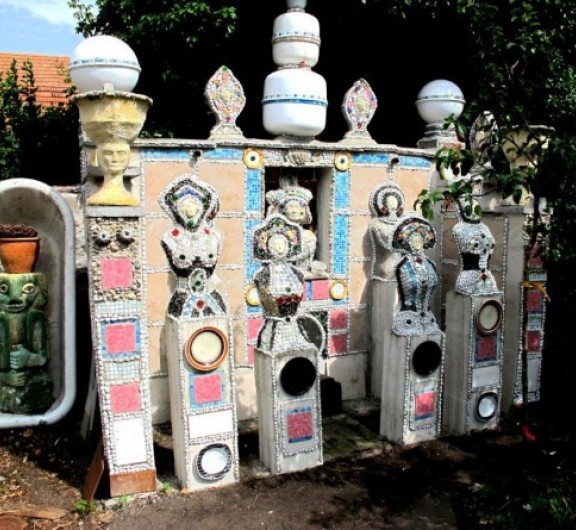


Post your comment
Comments
No one has commented on this page yet.